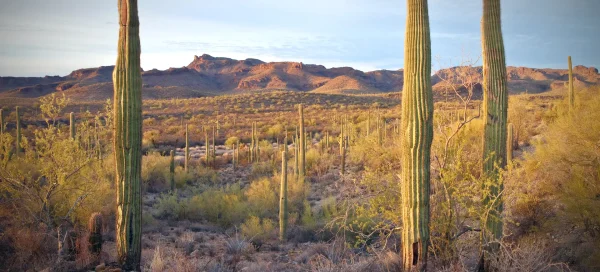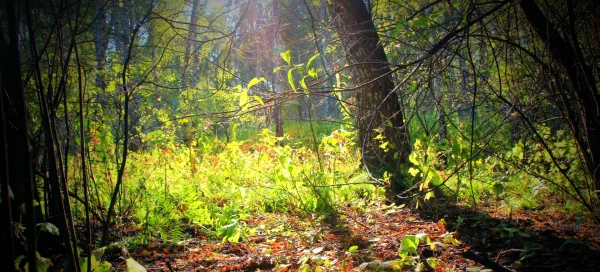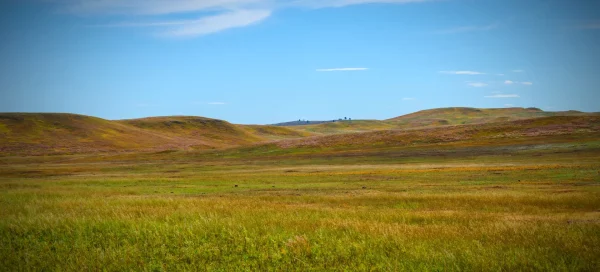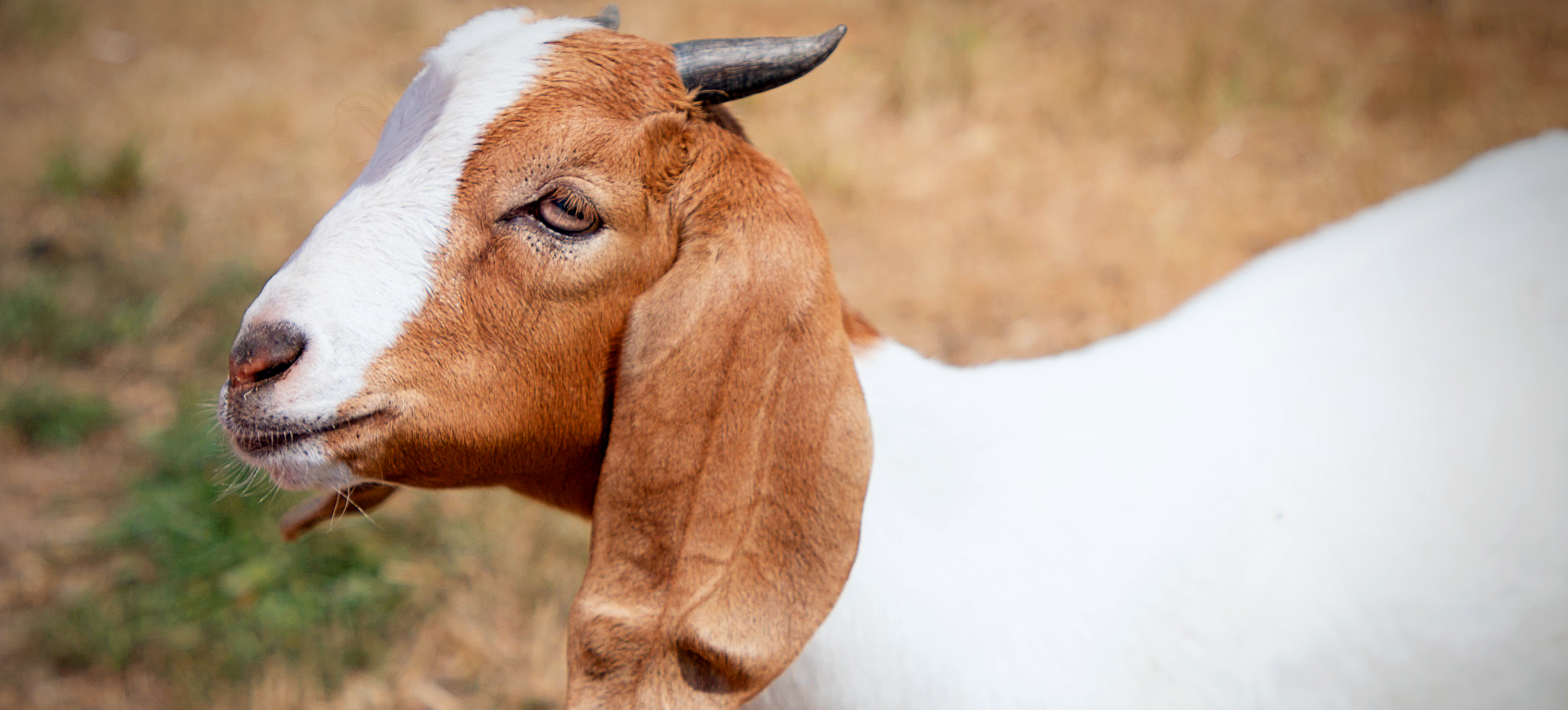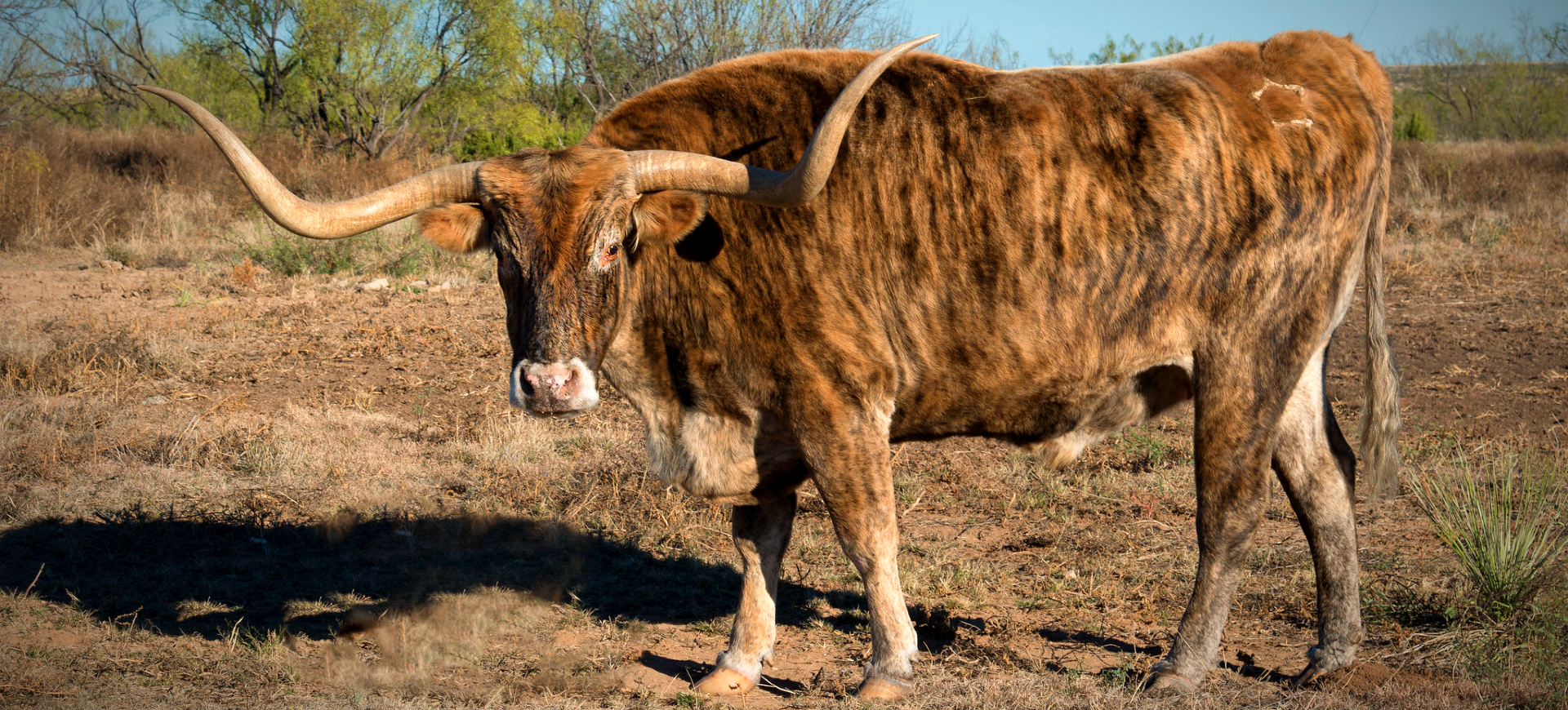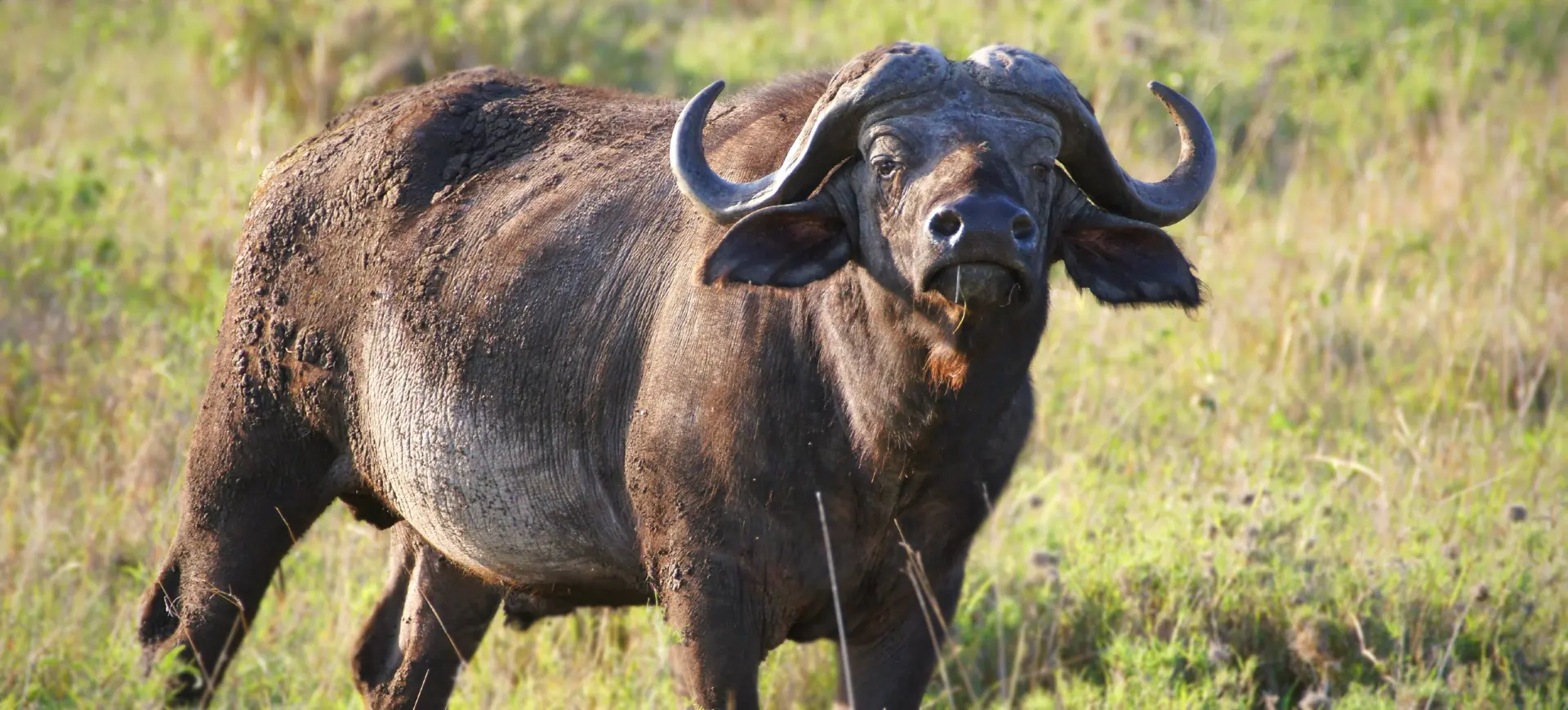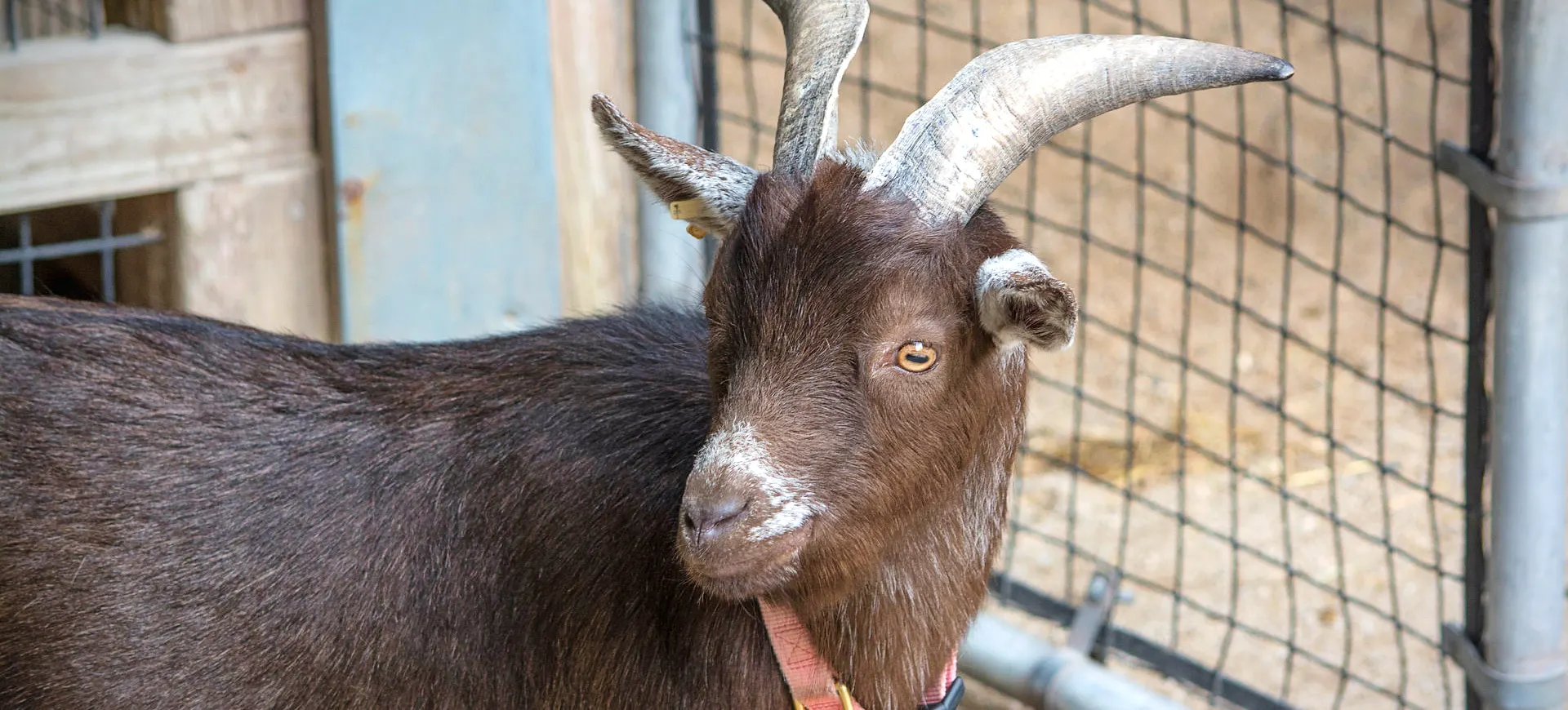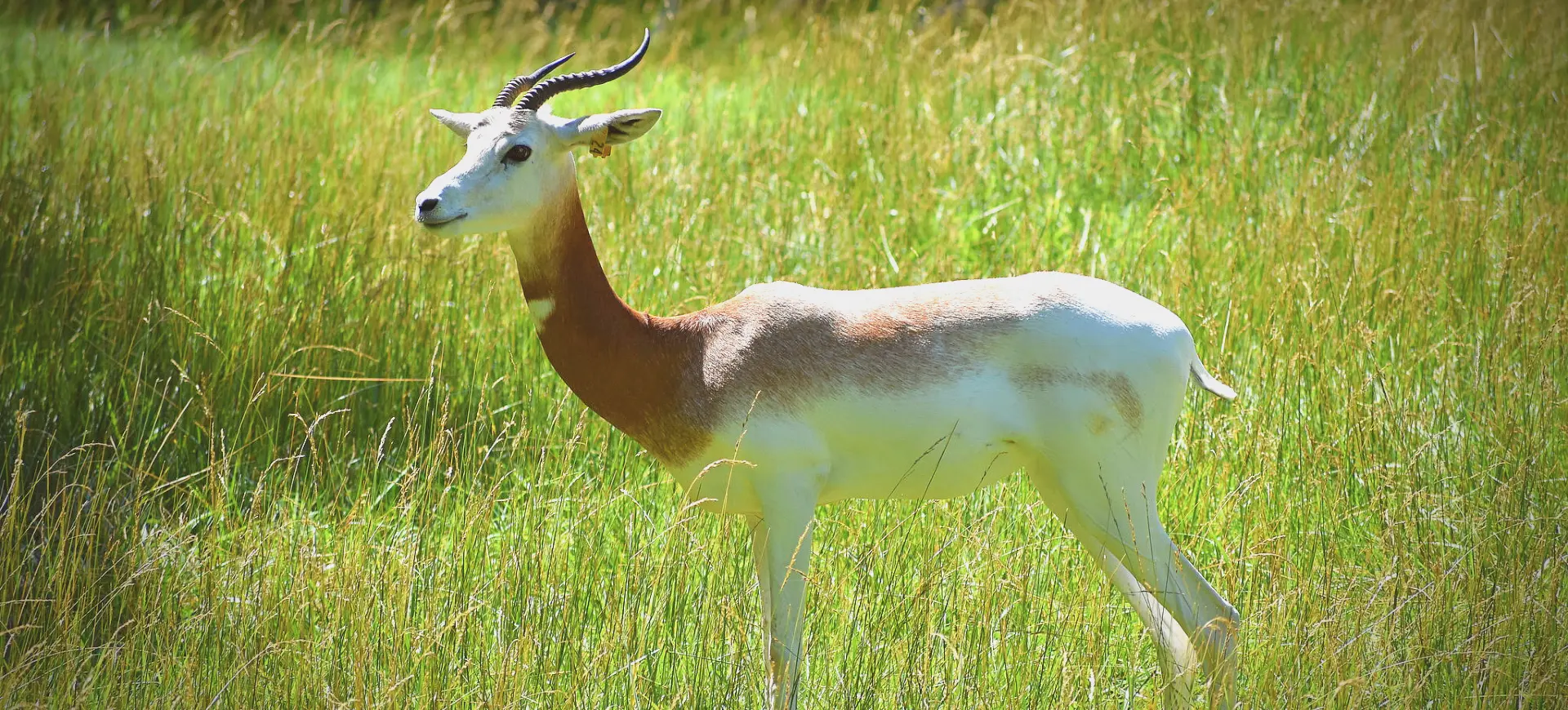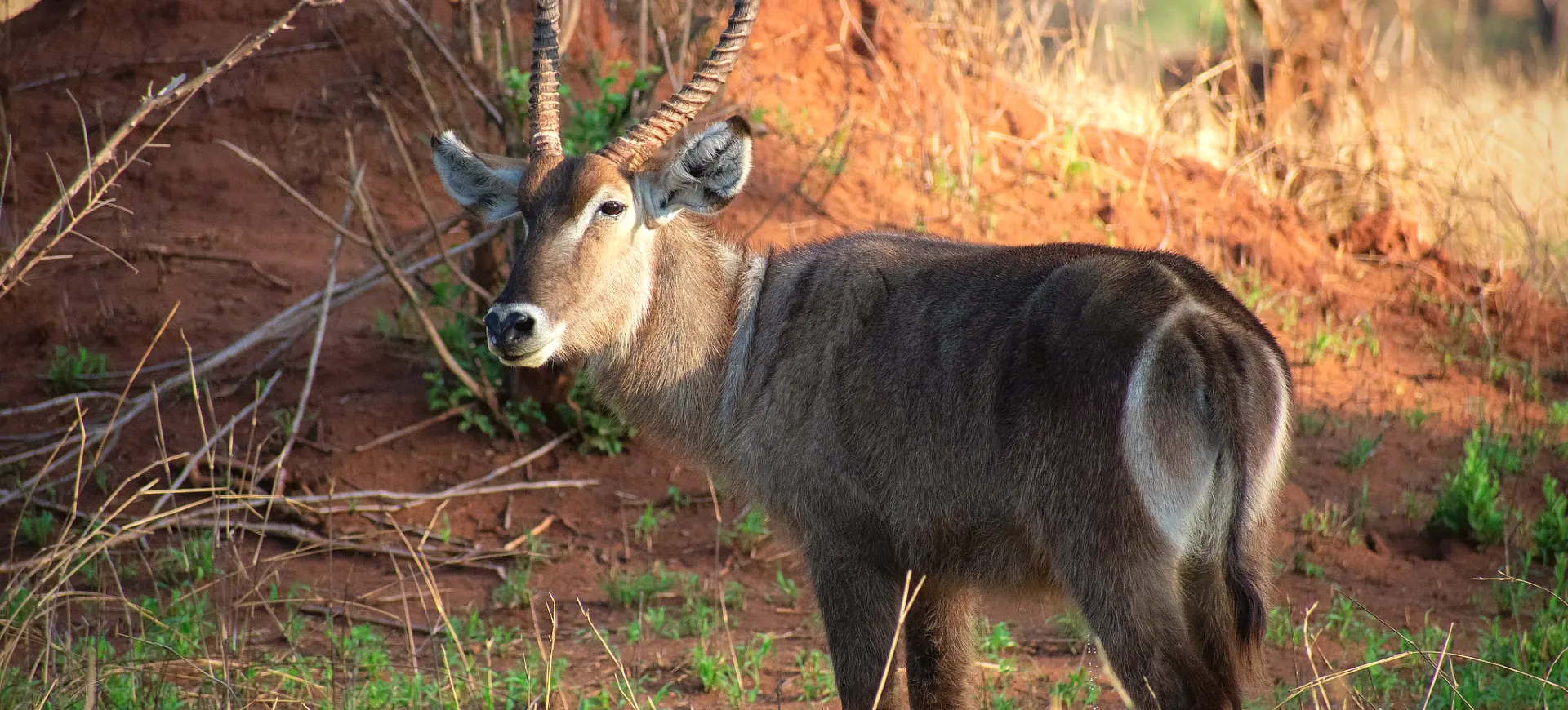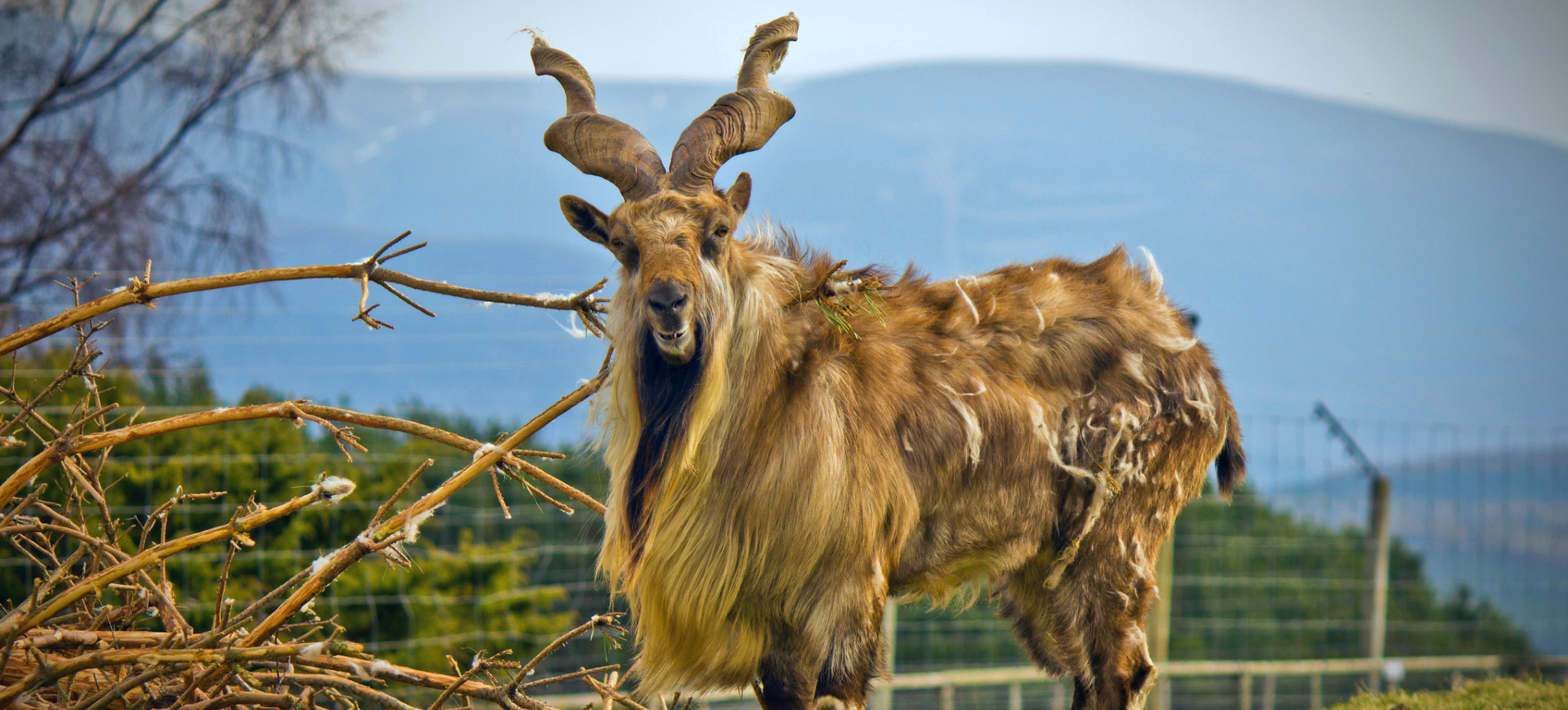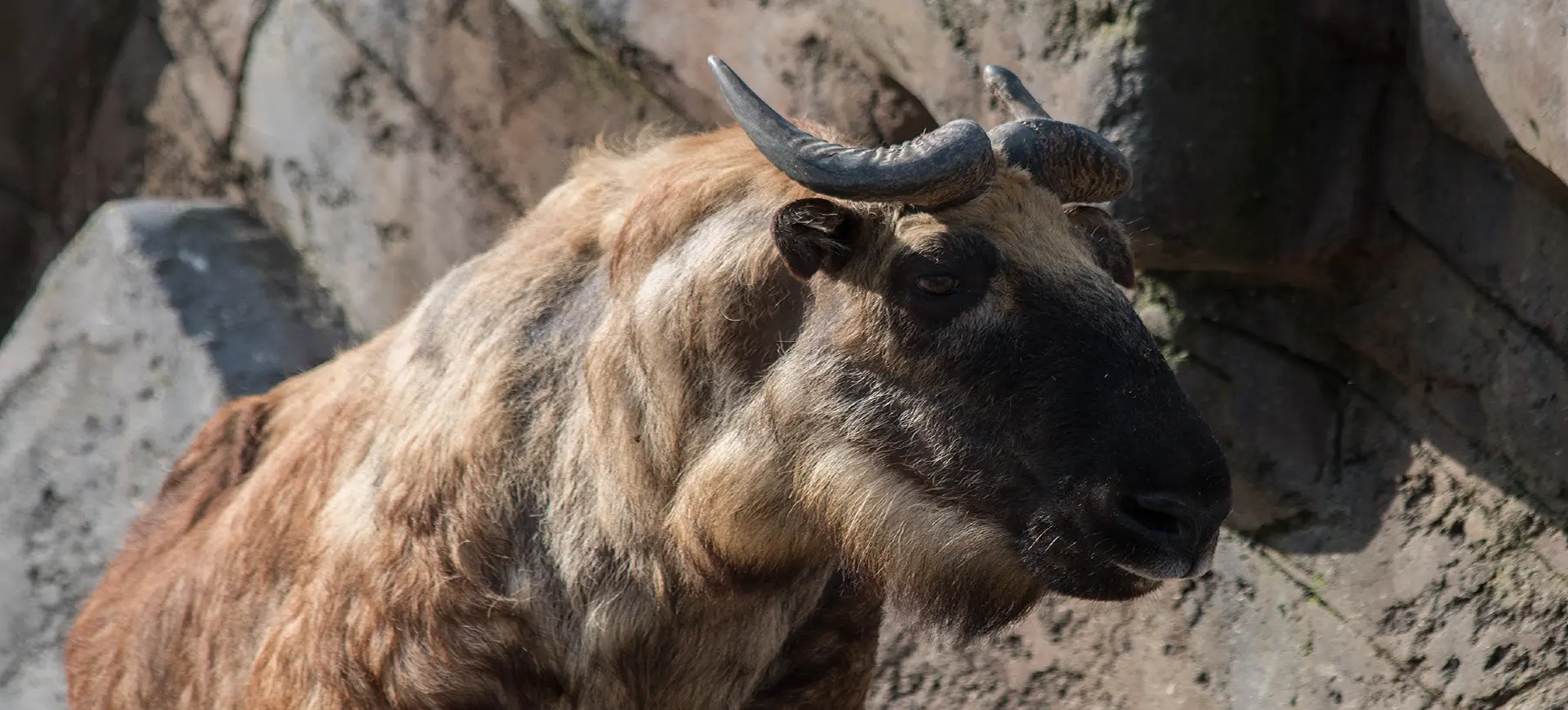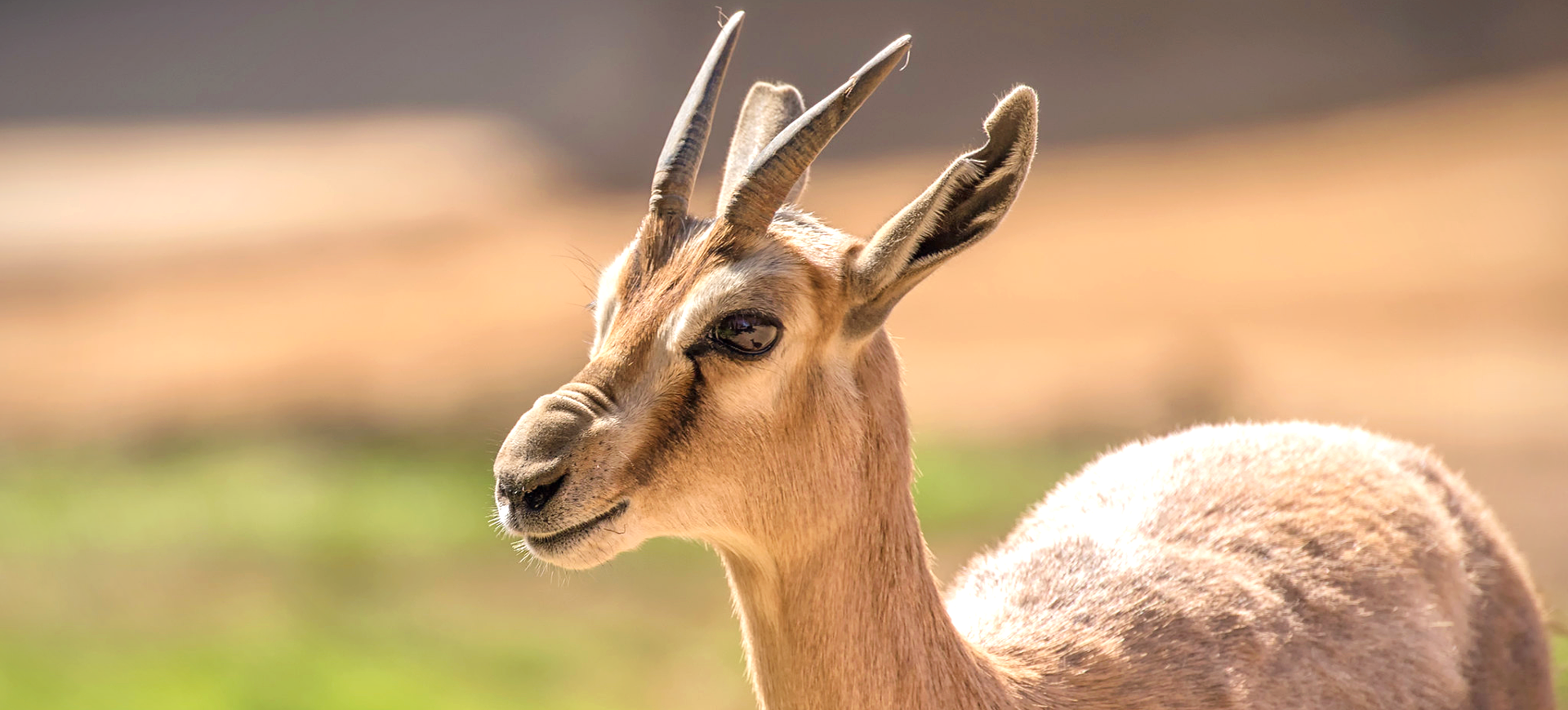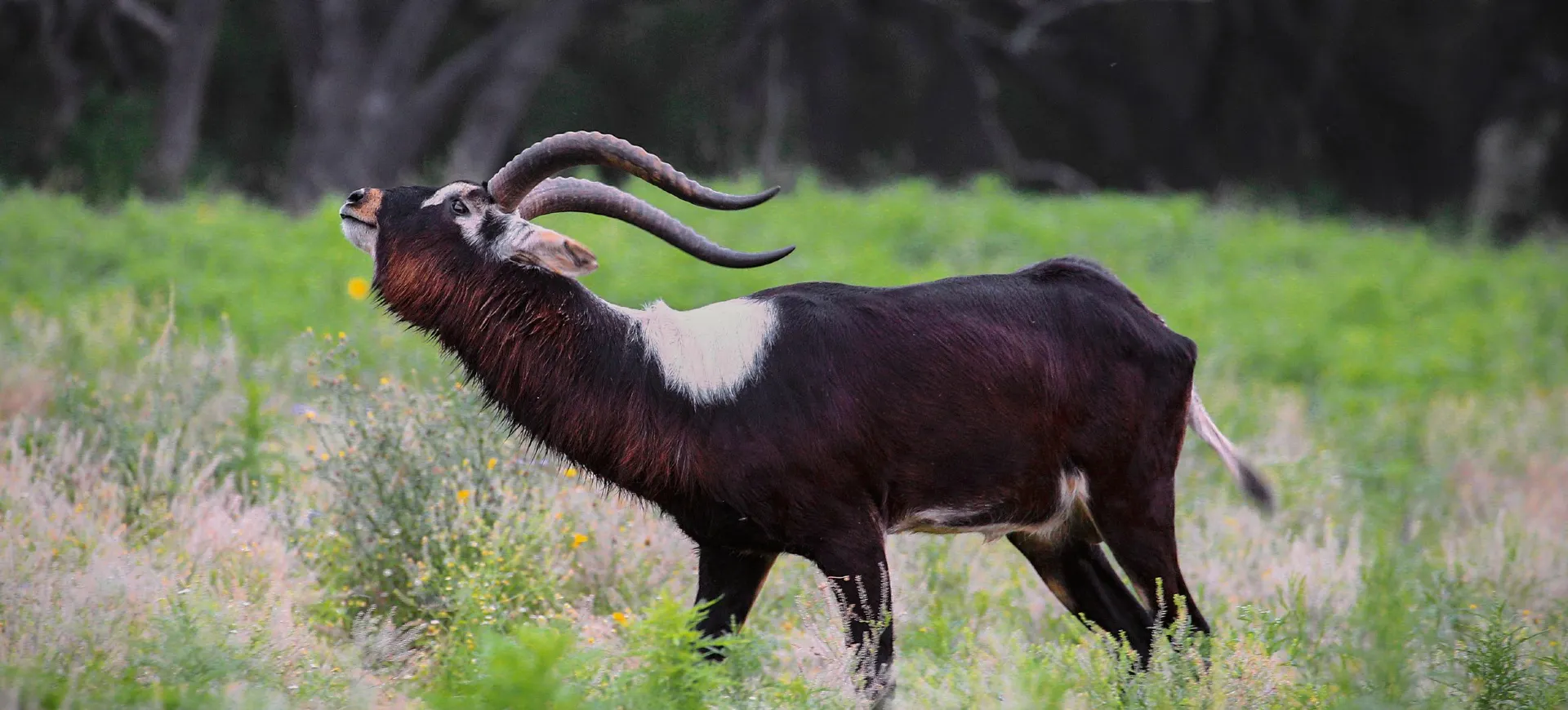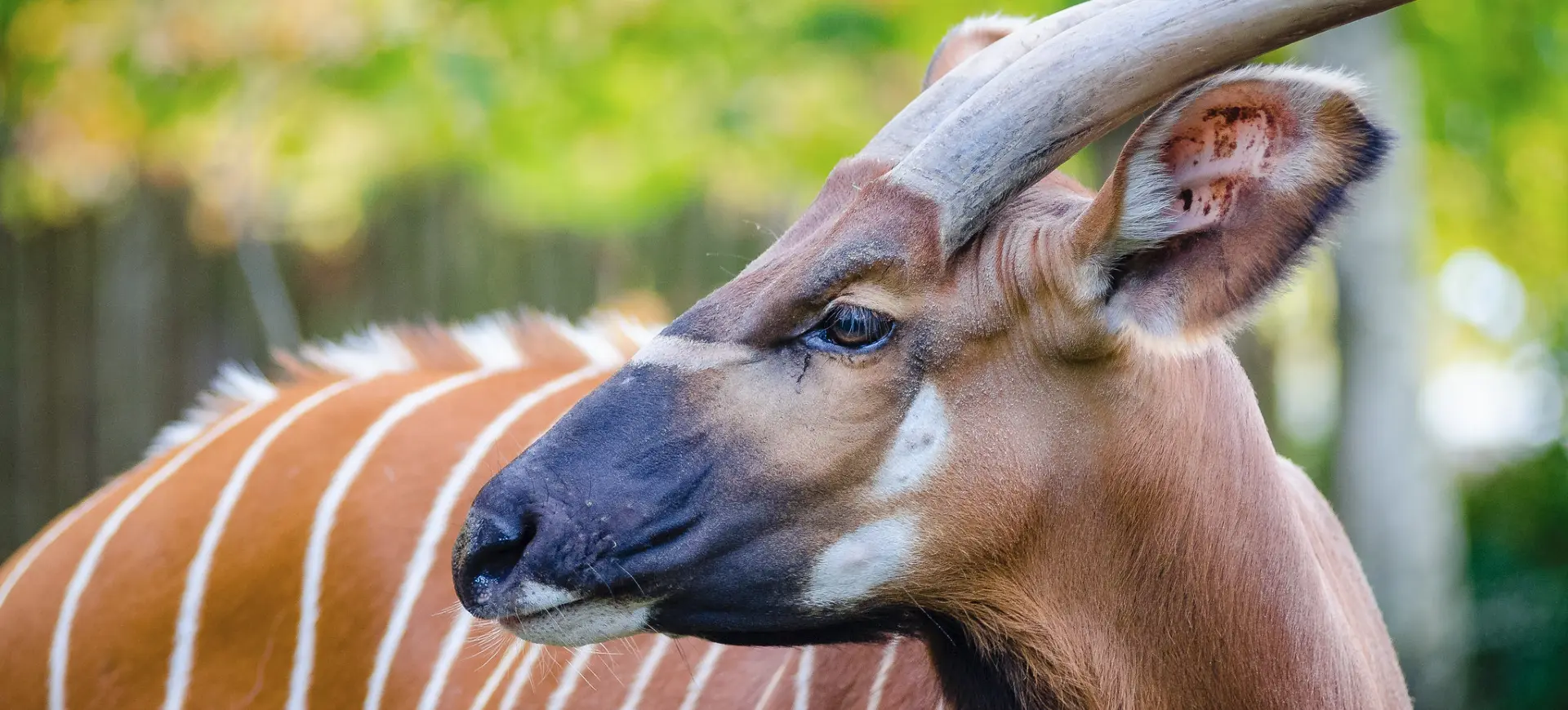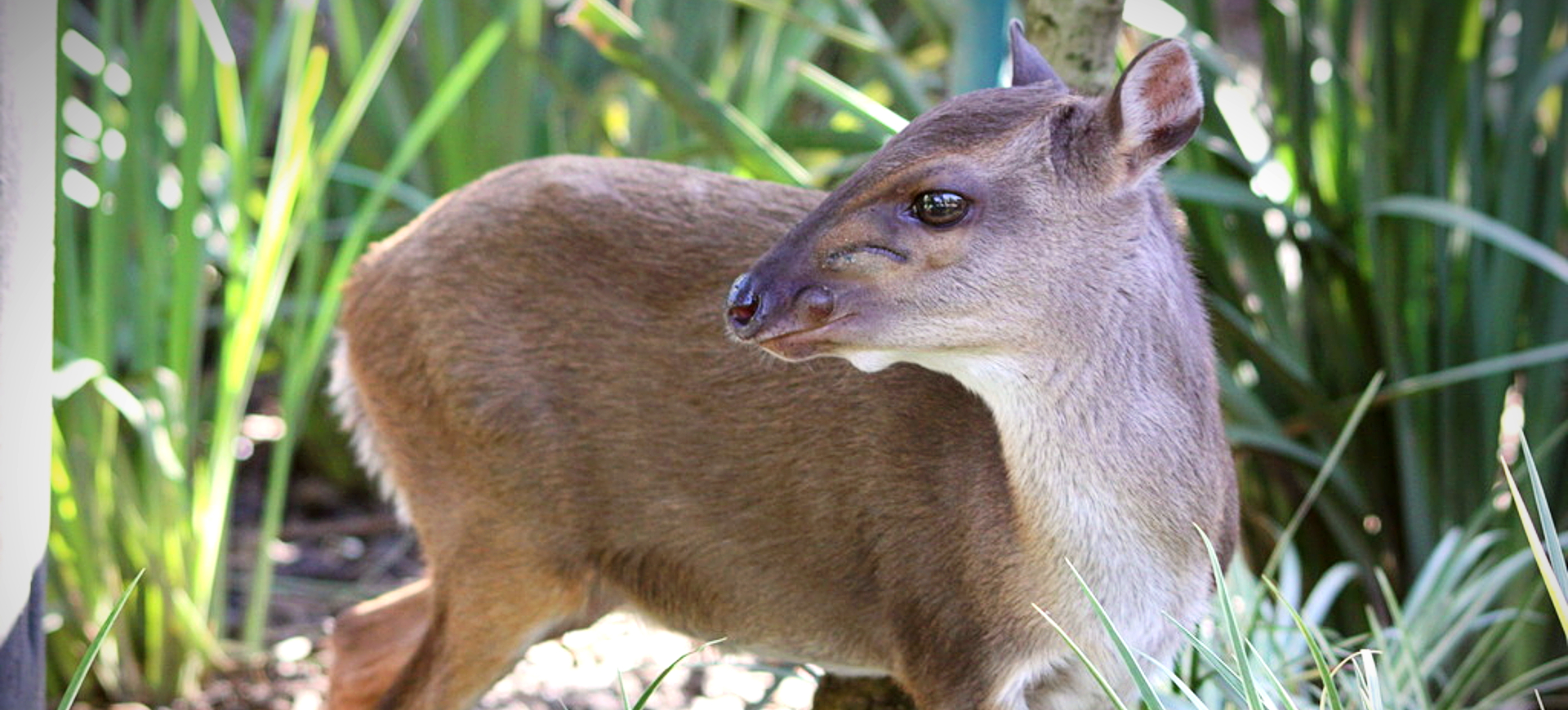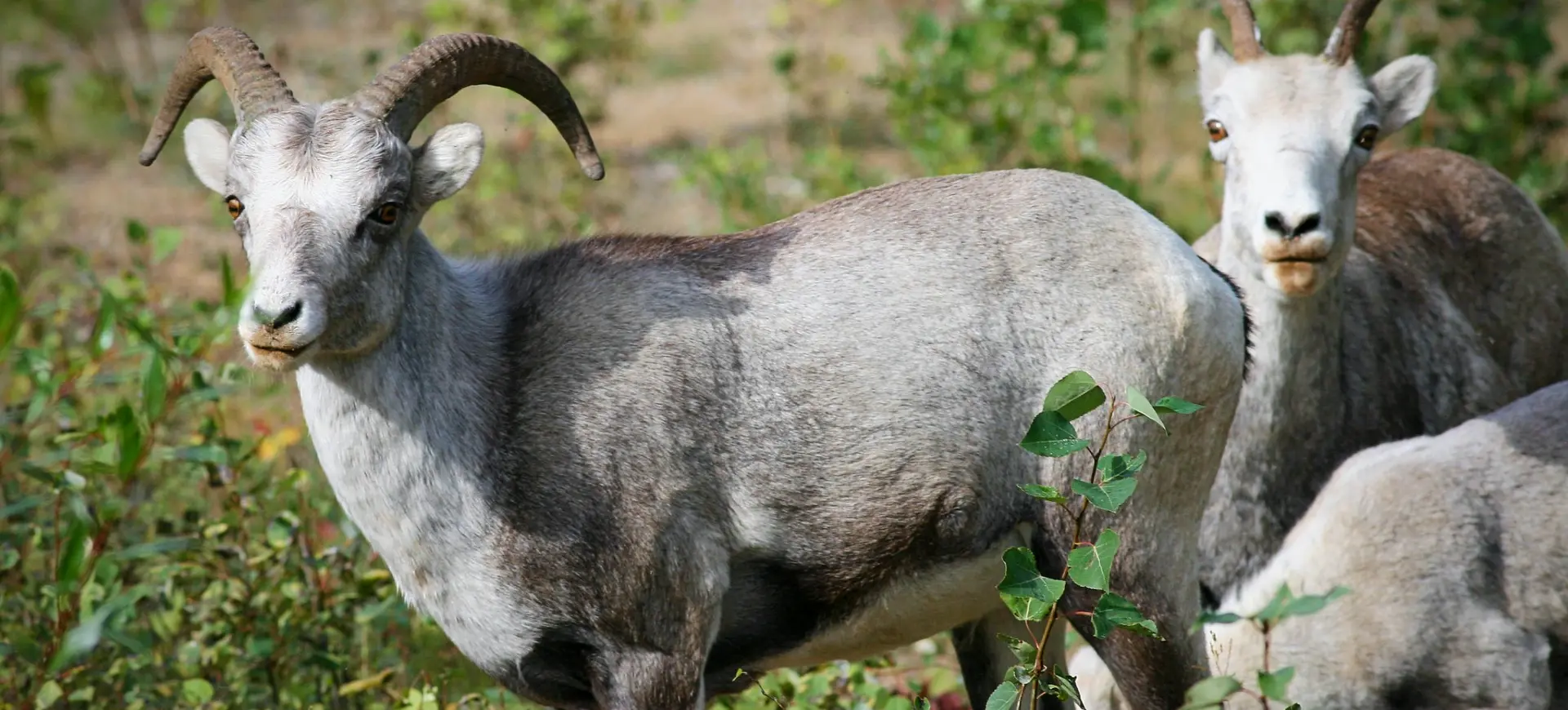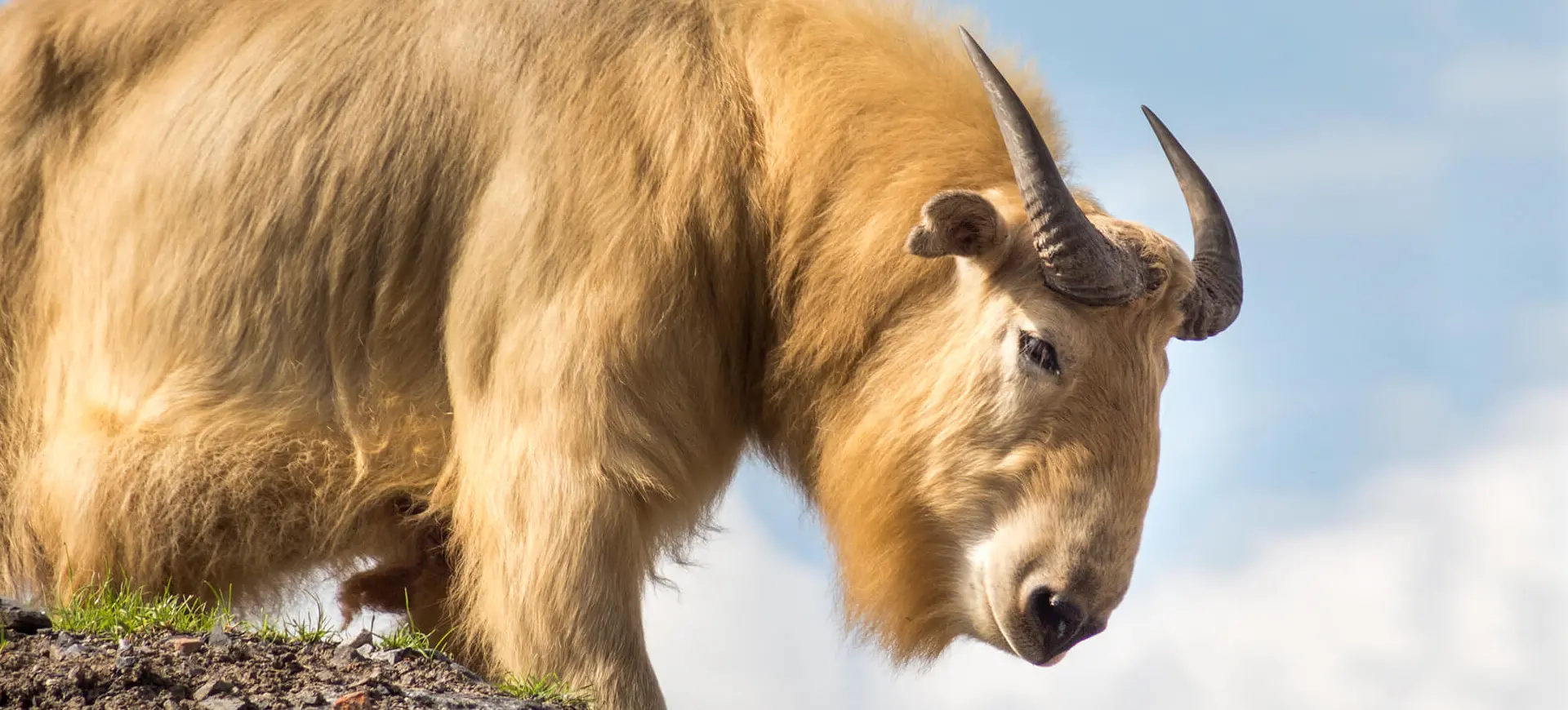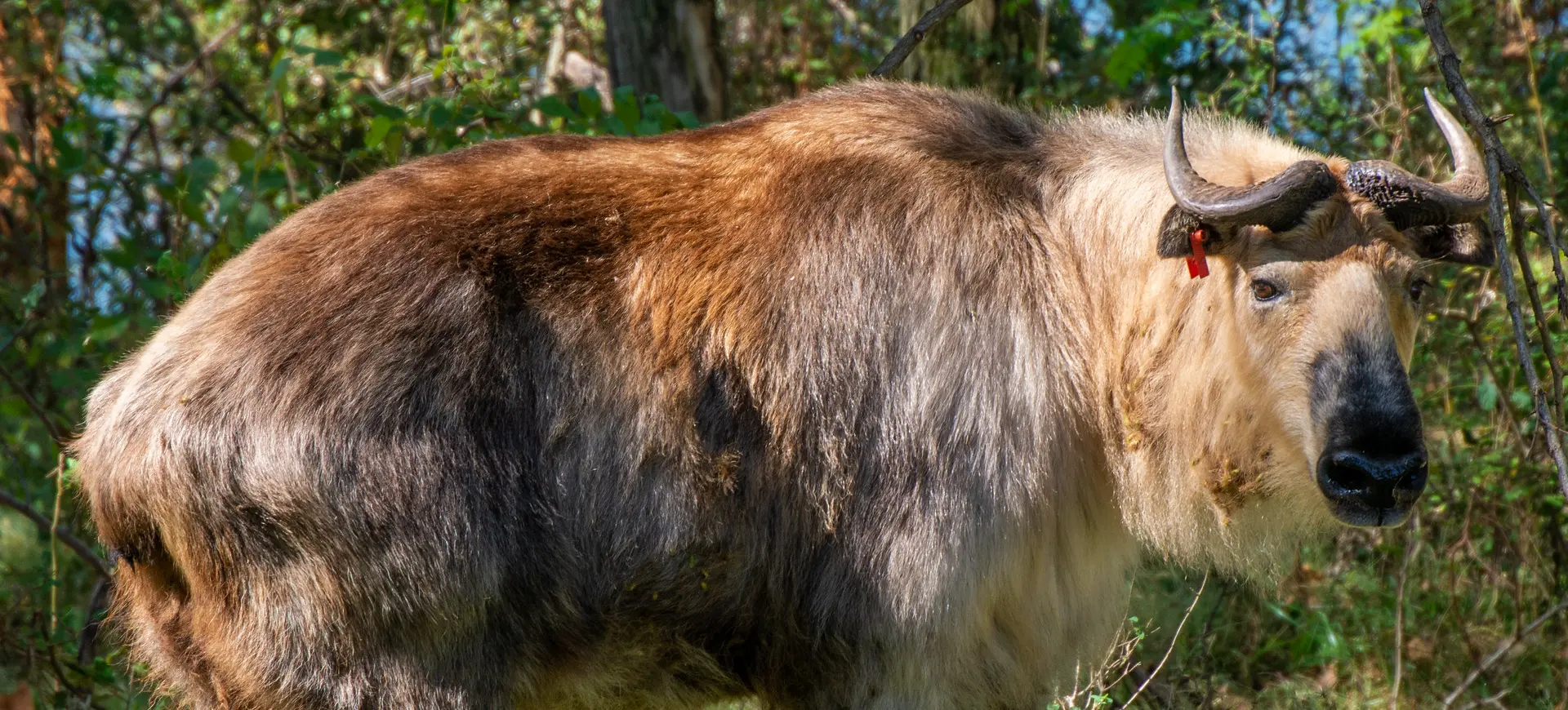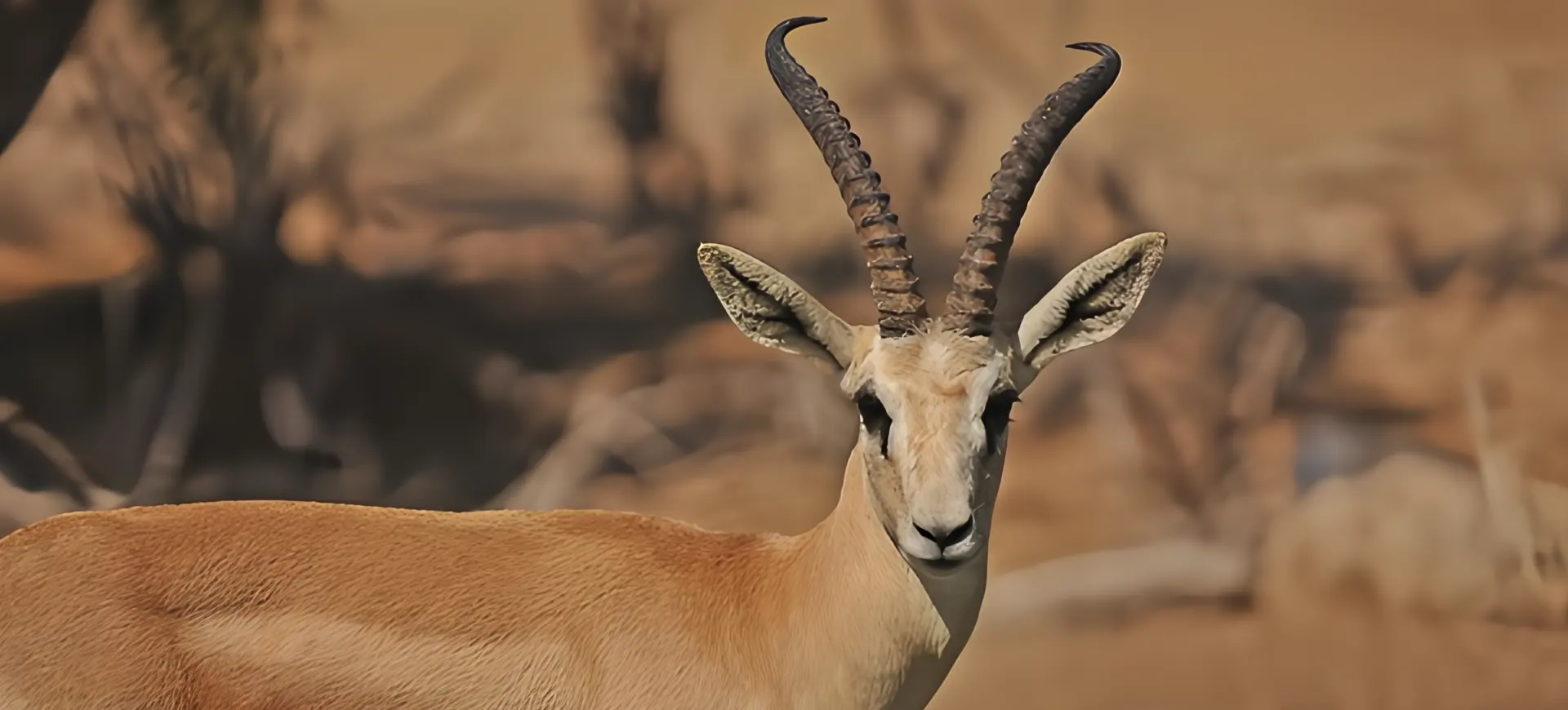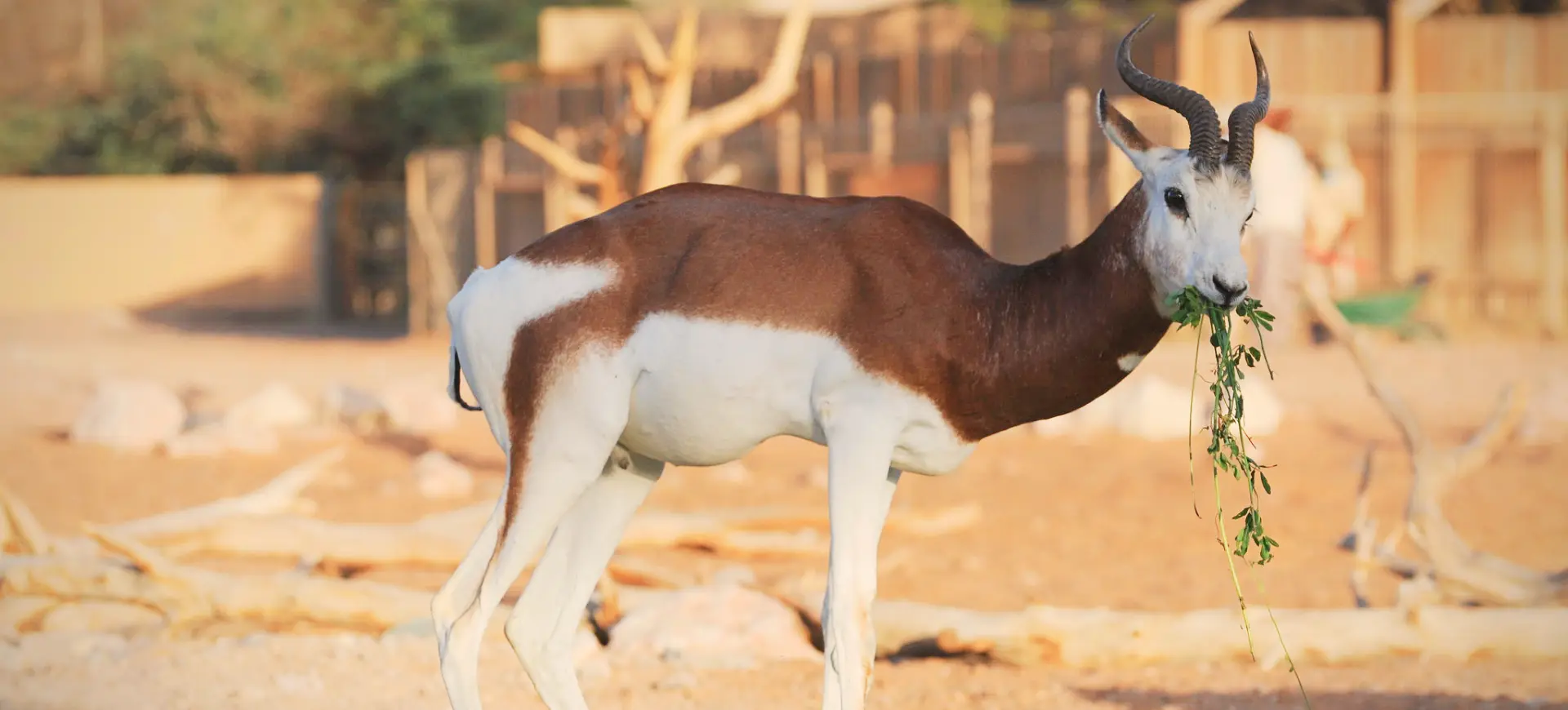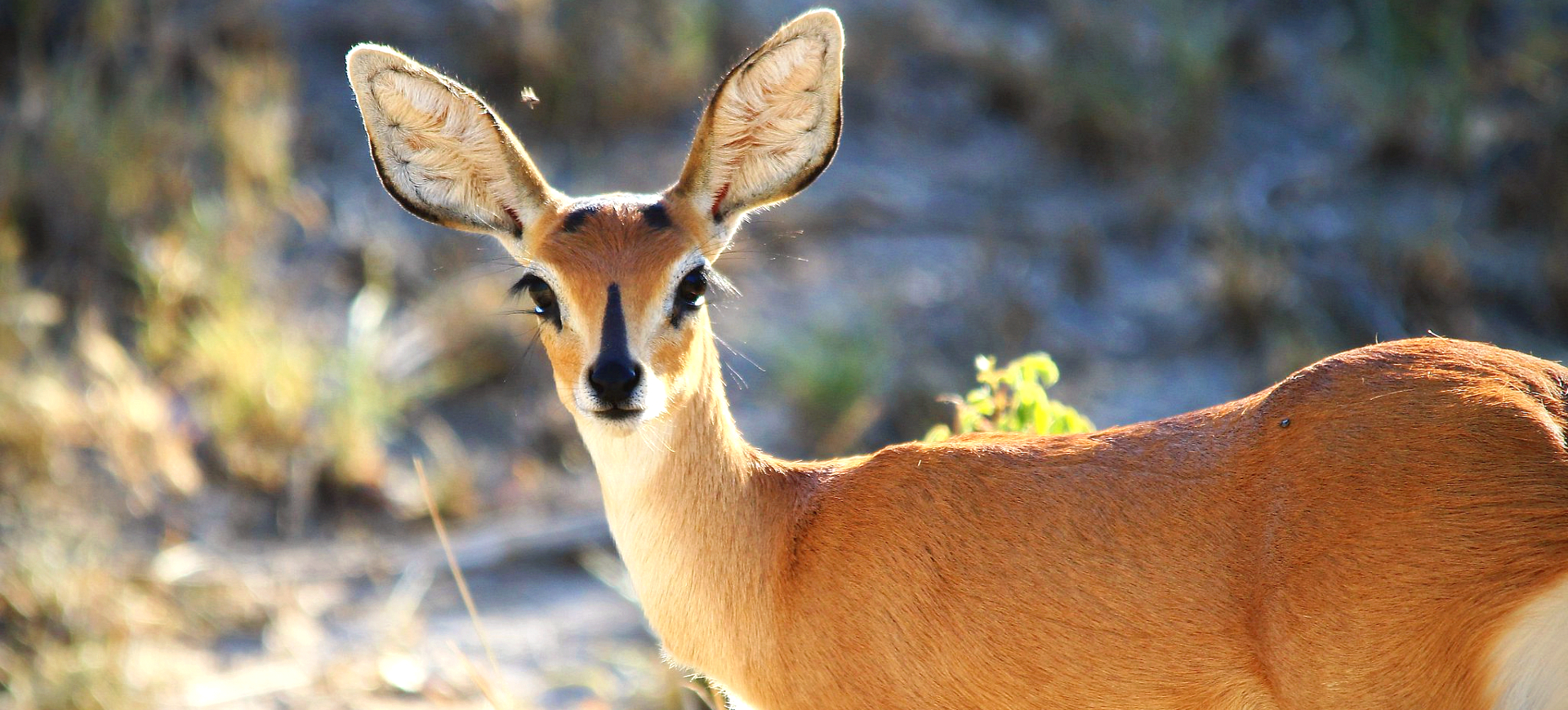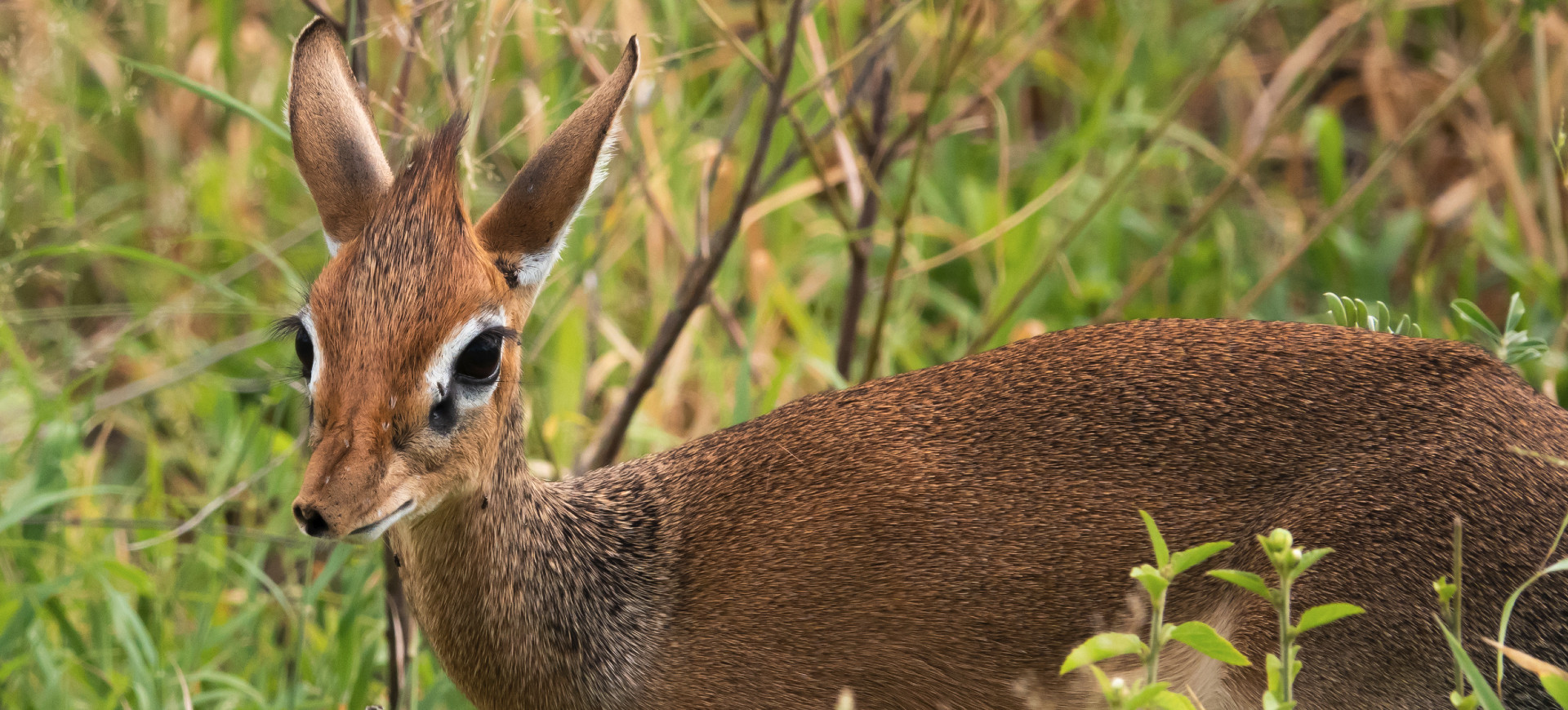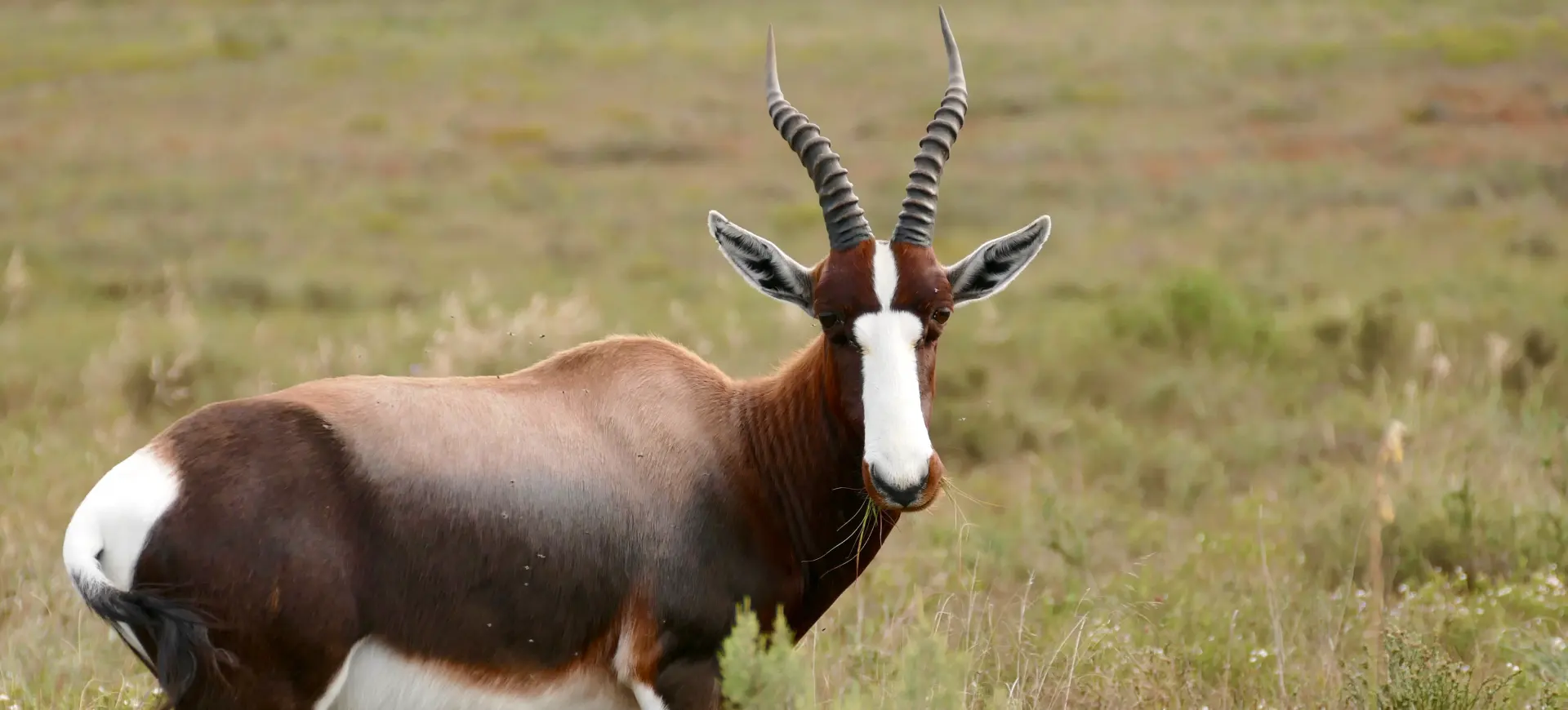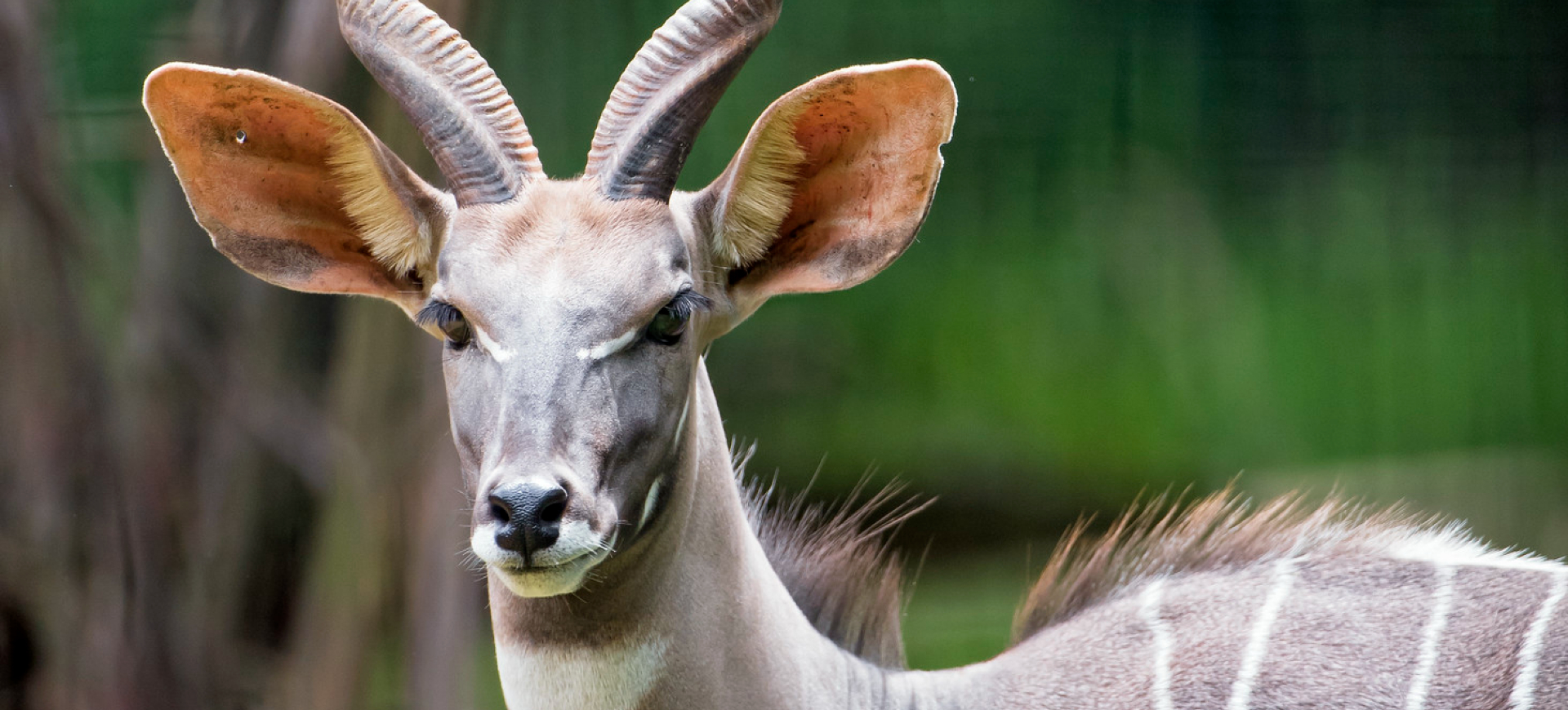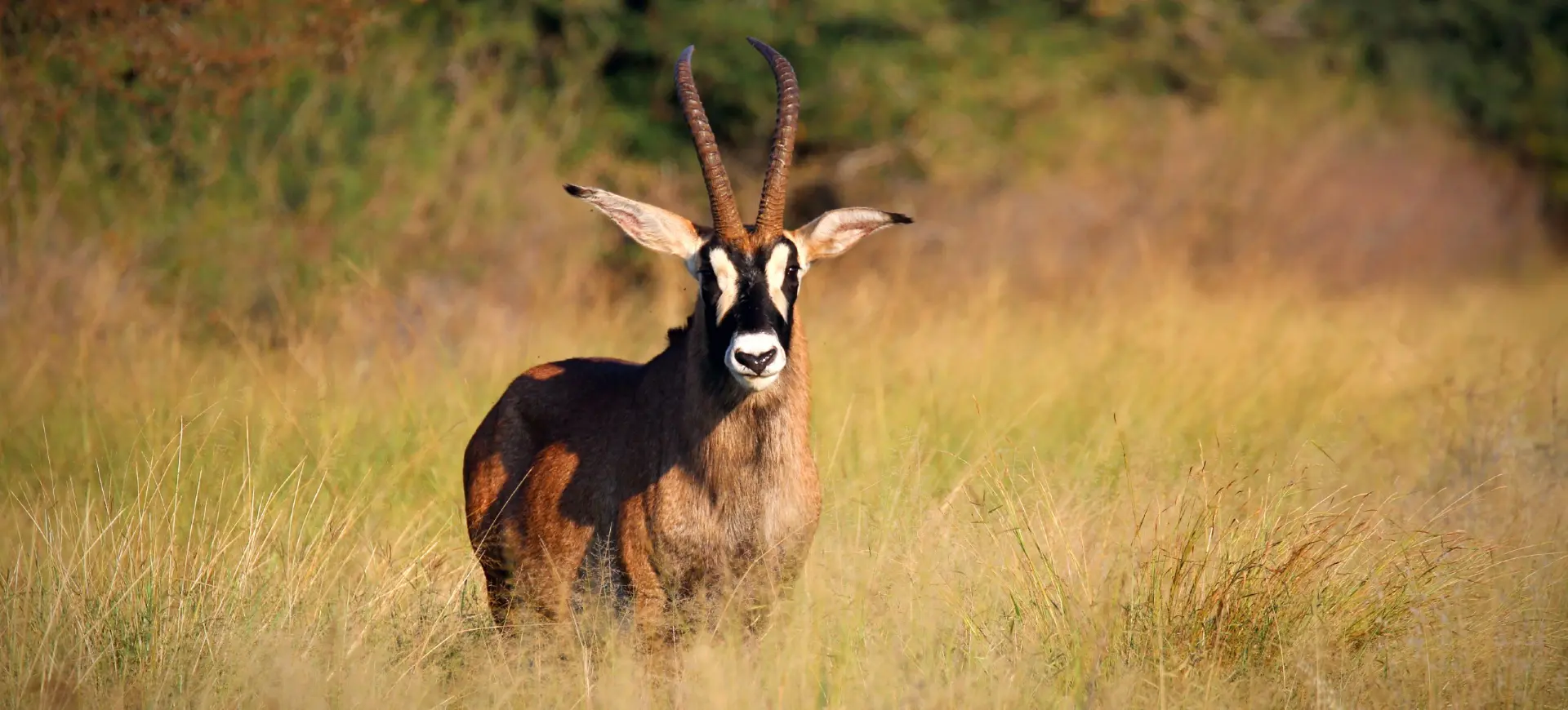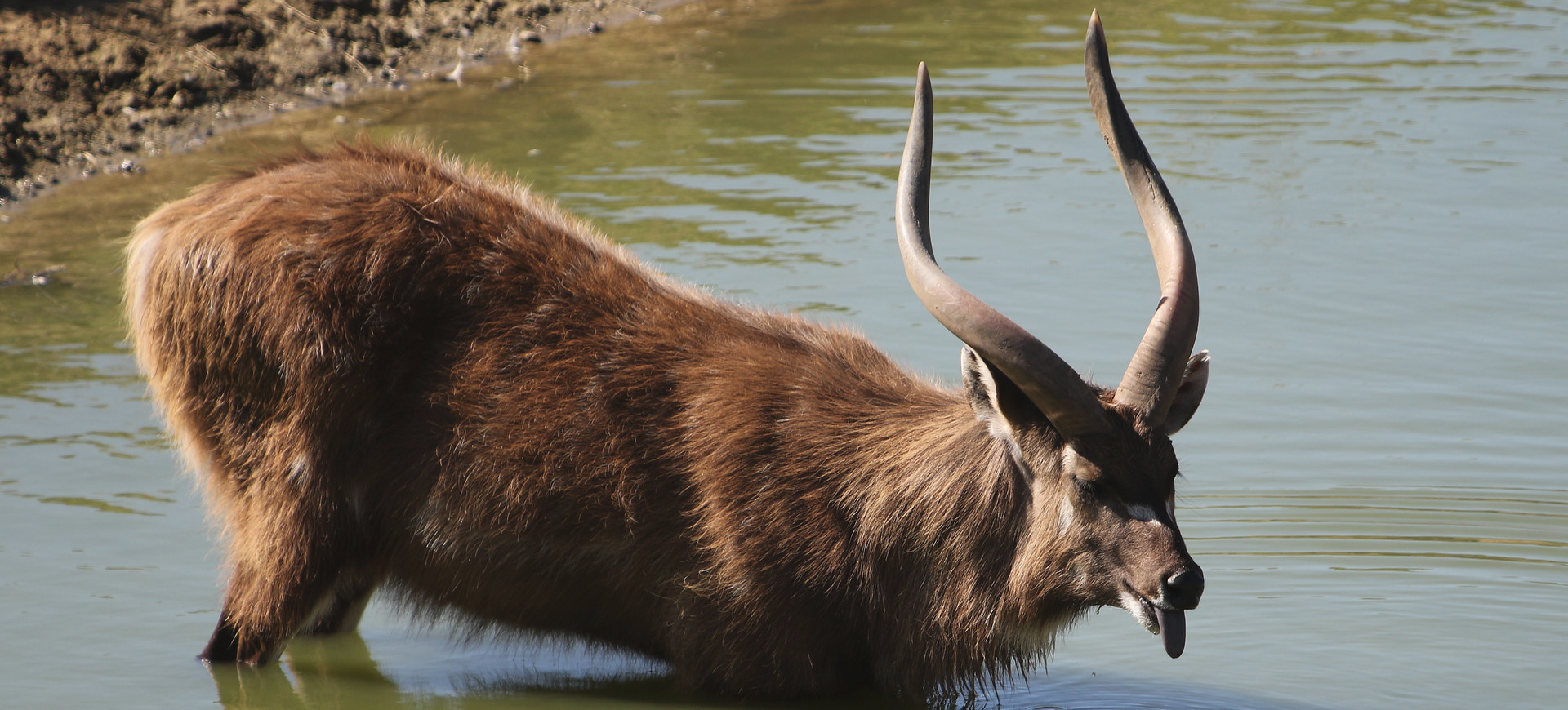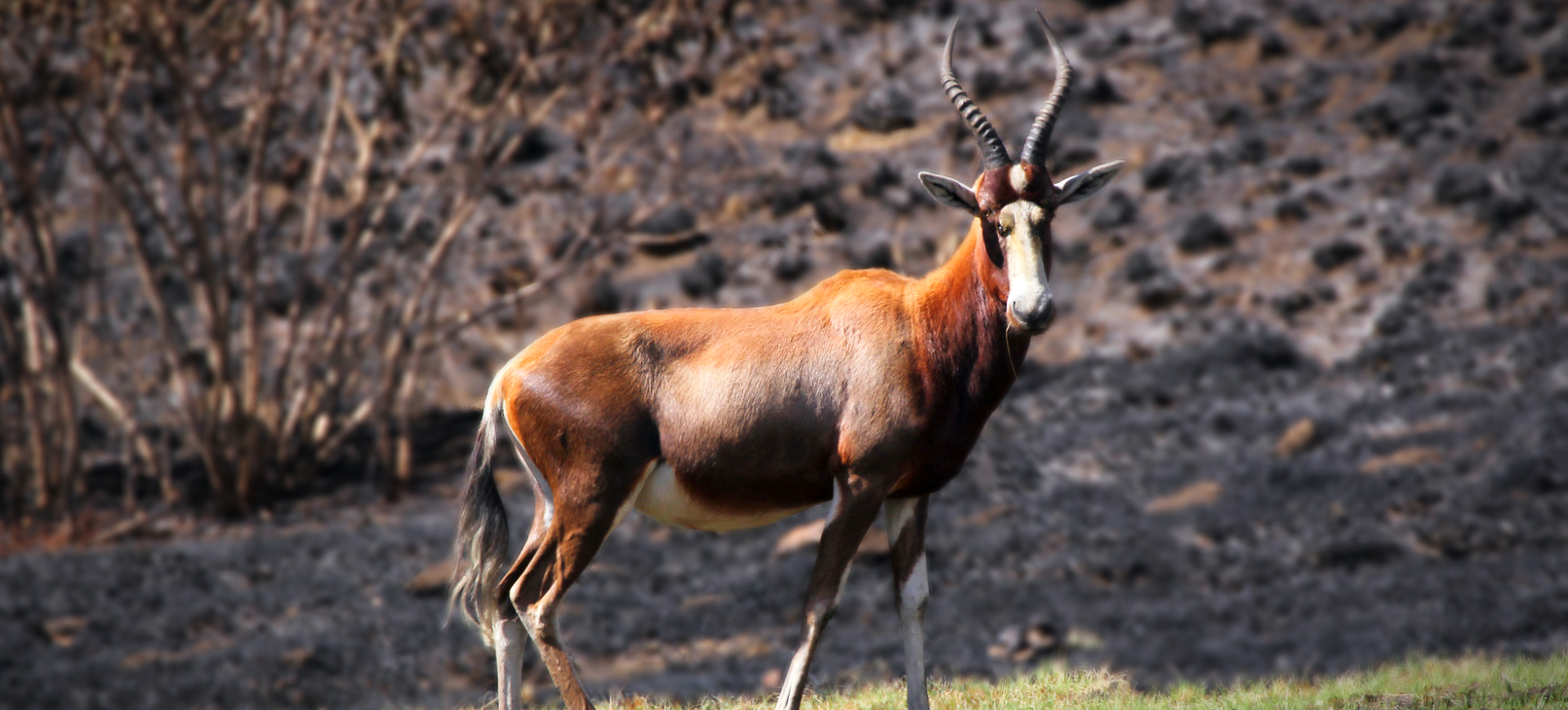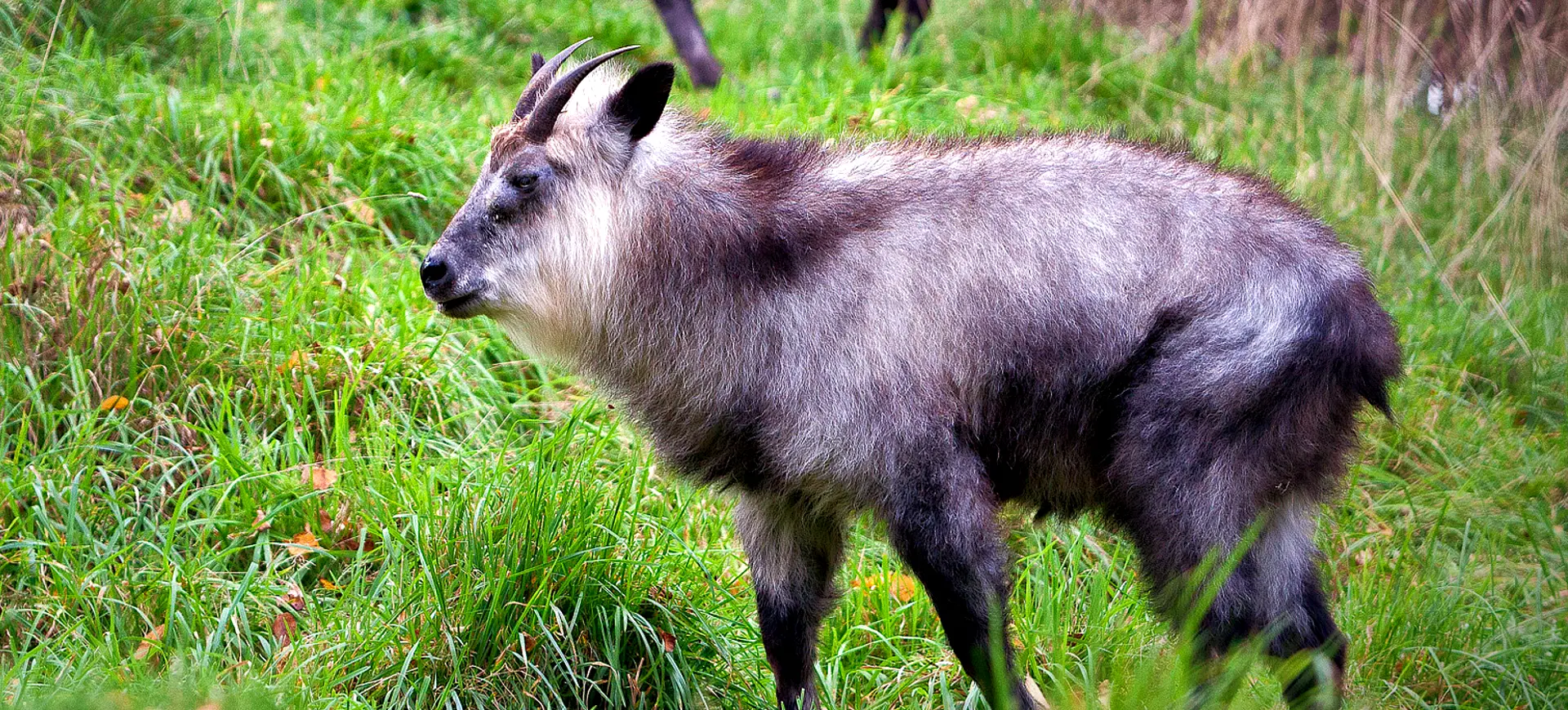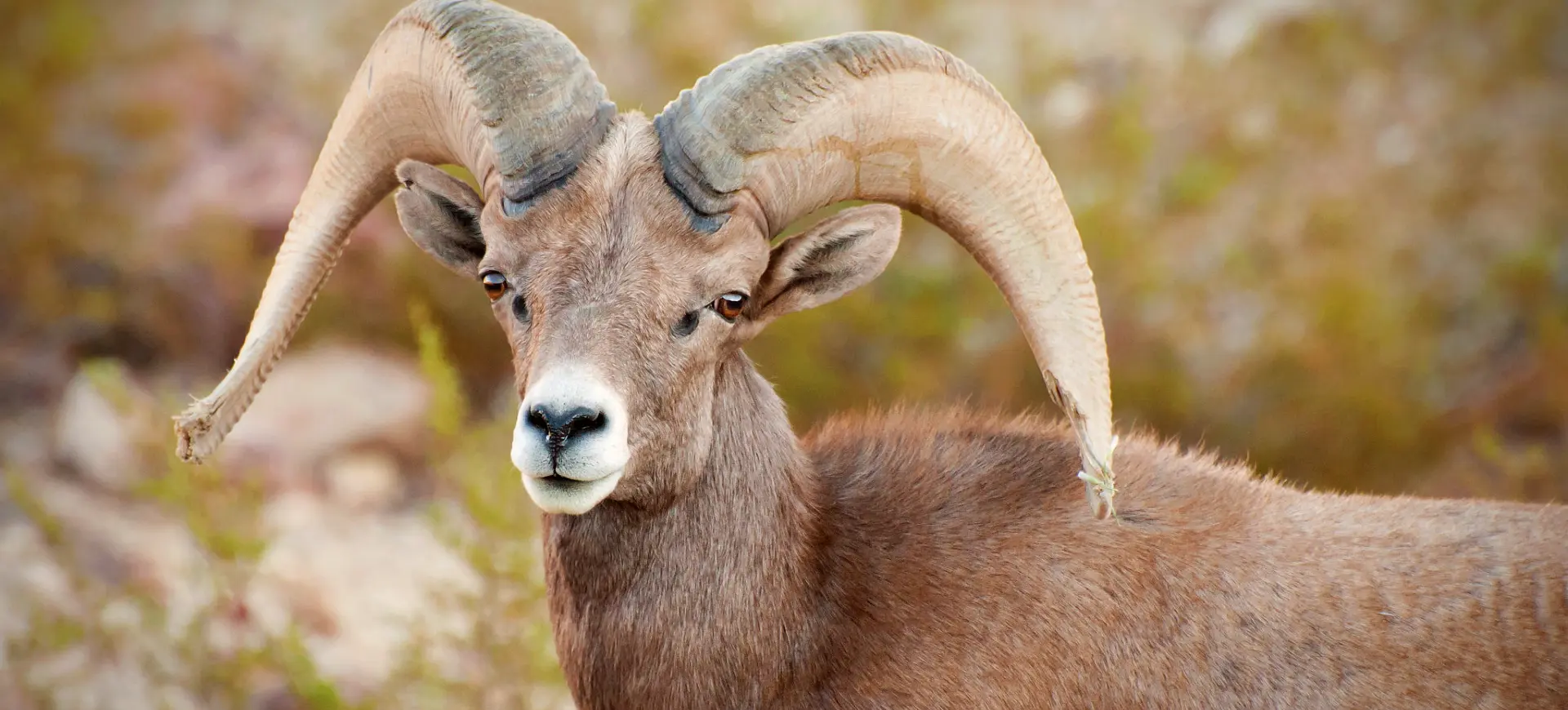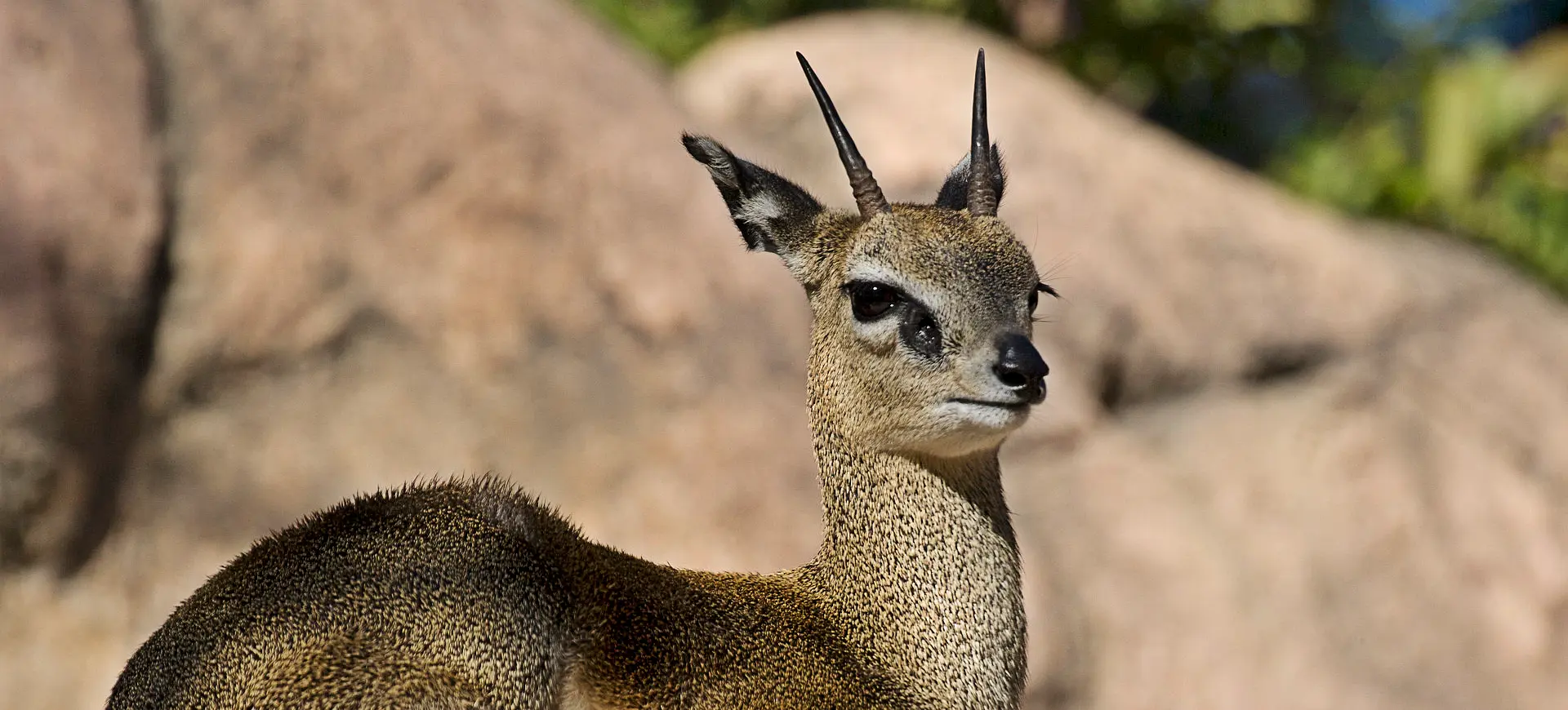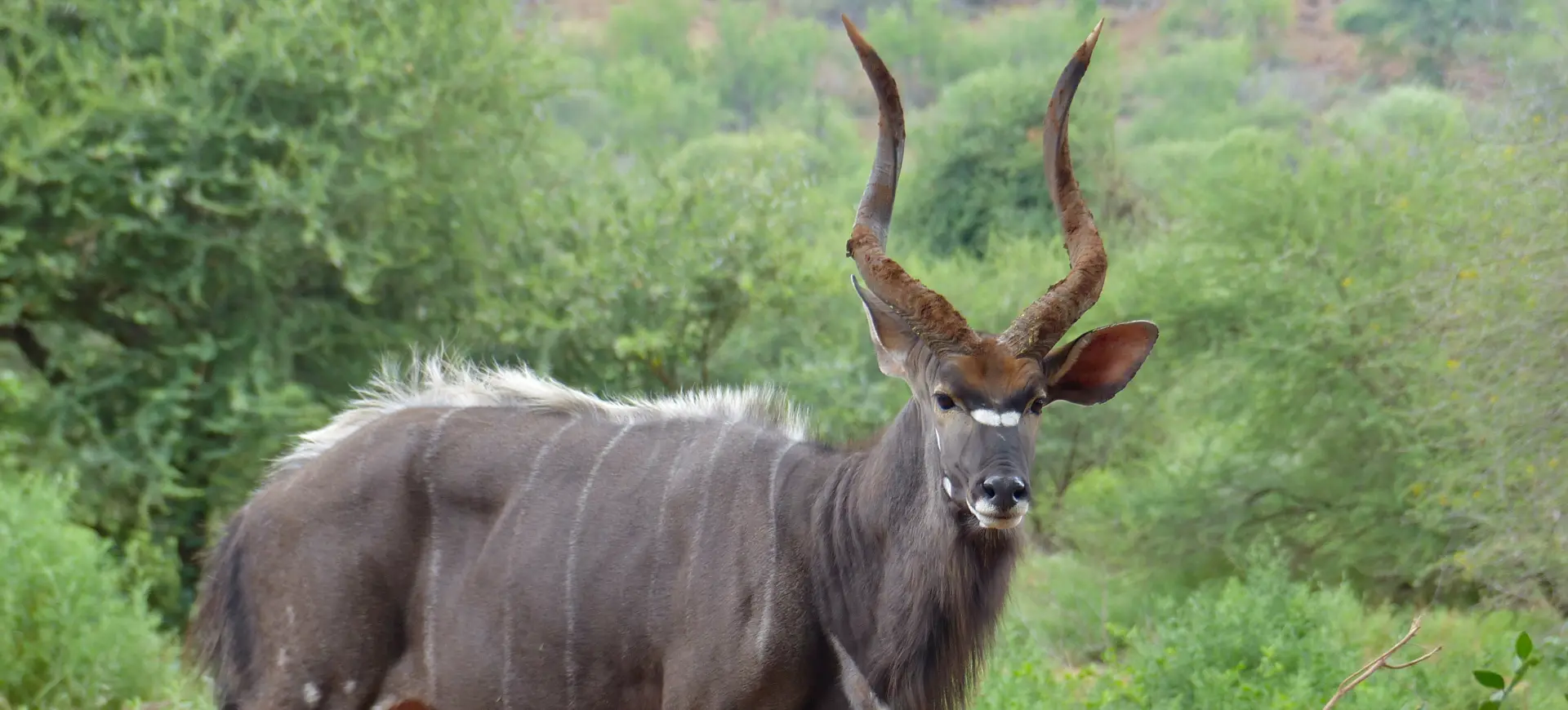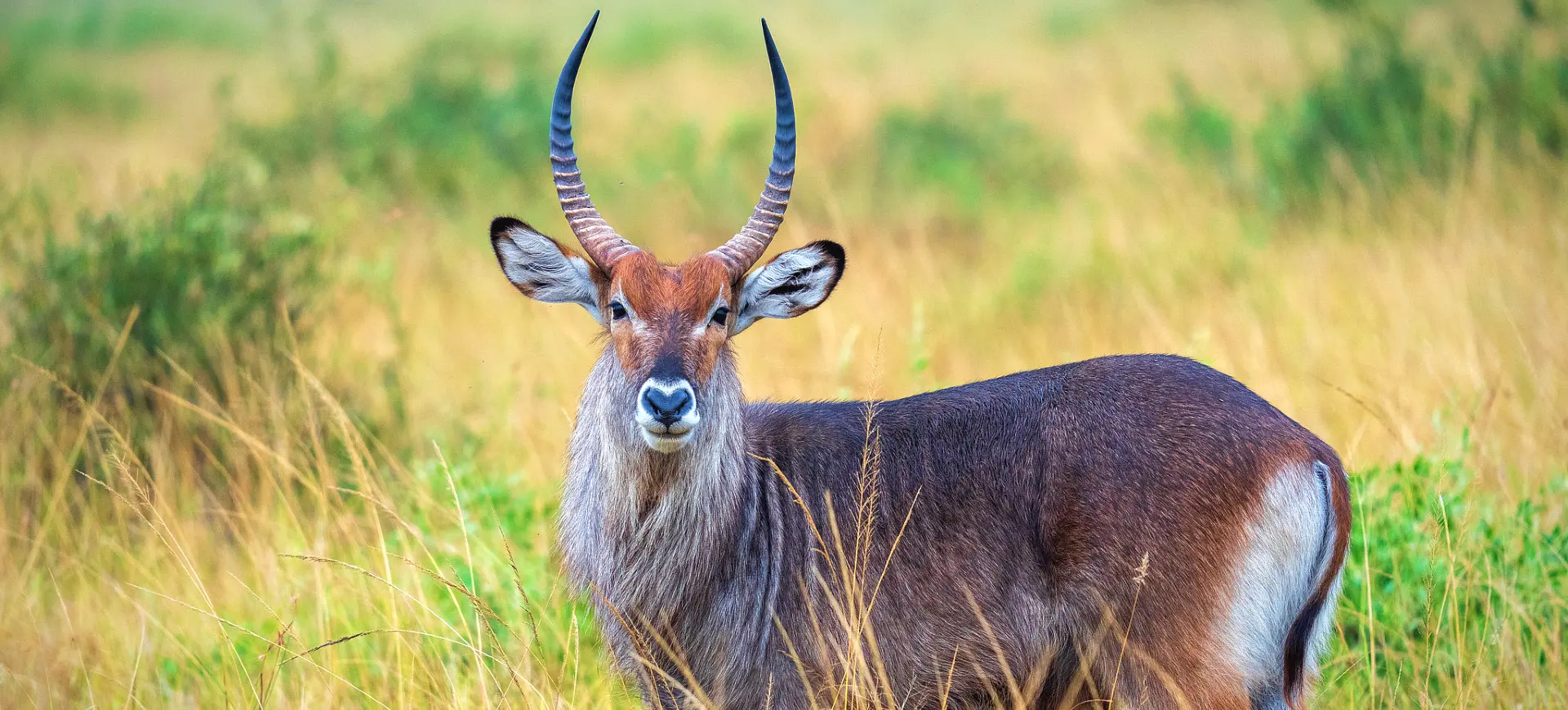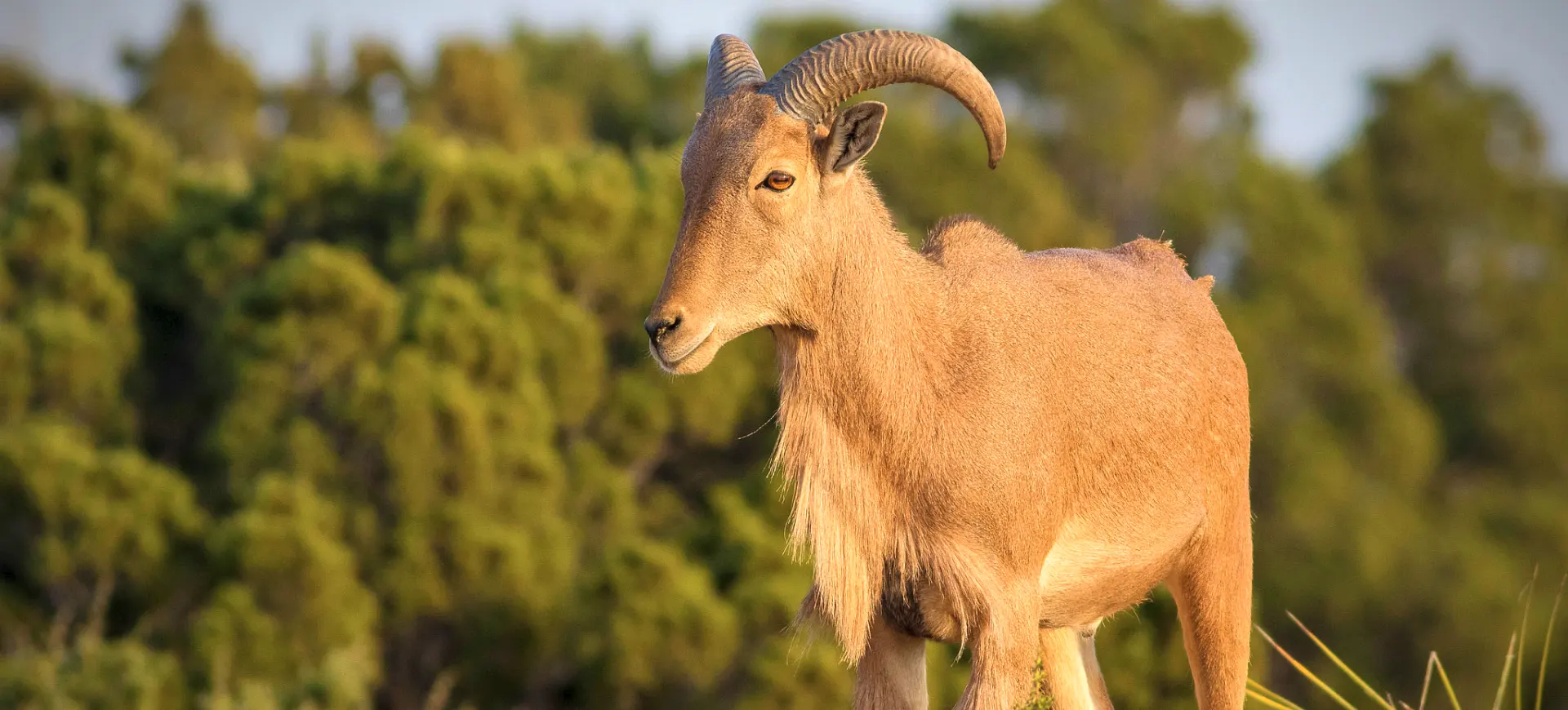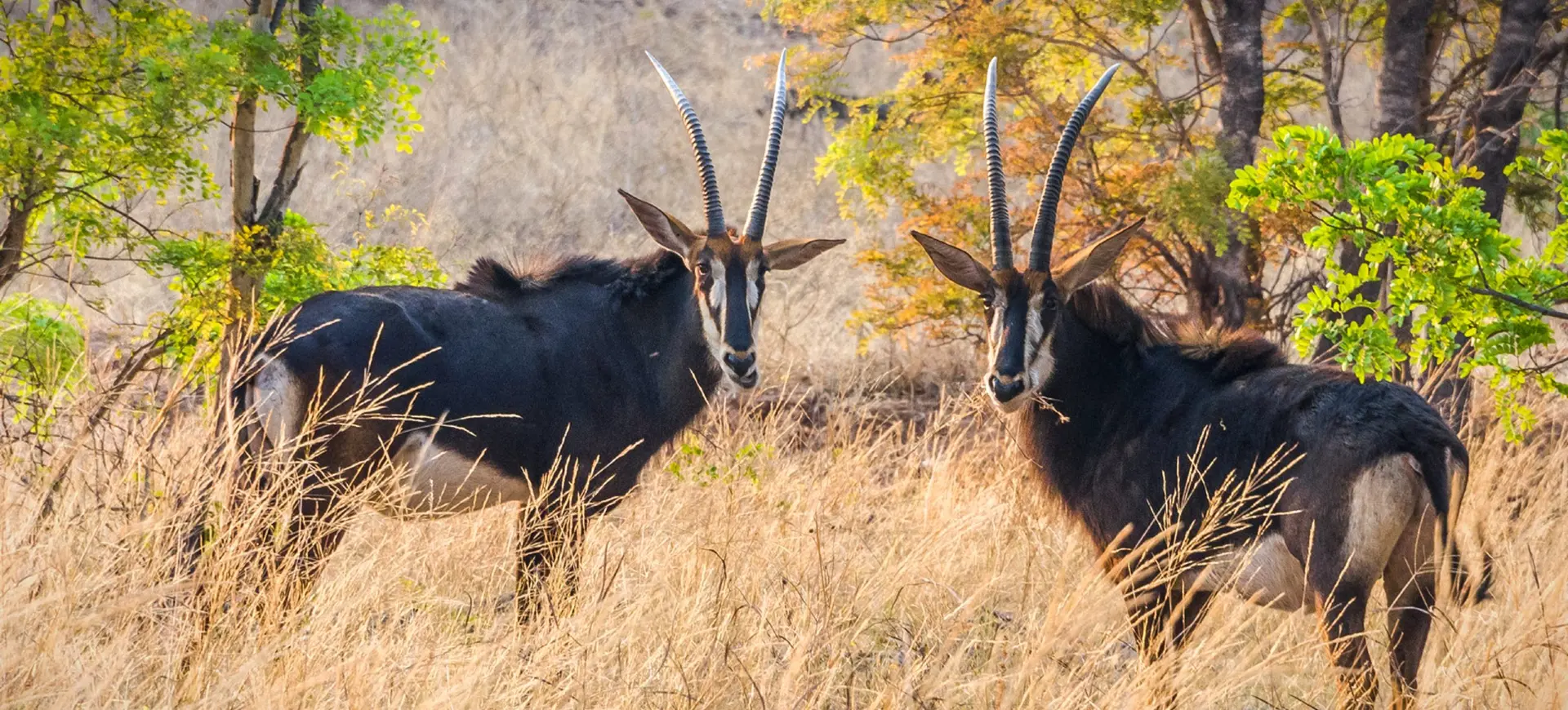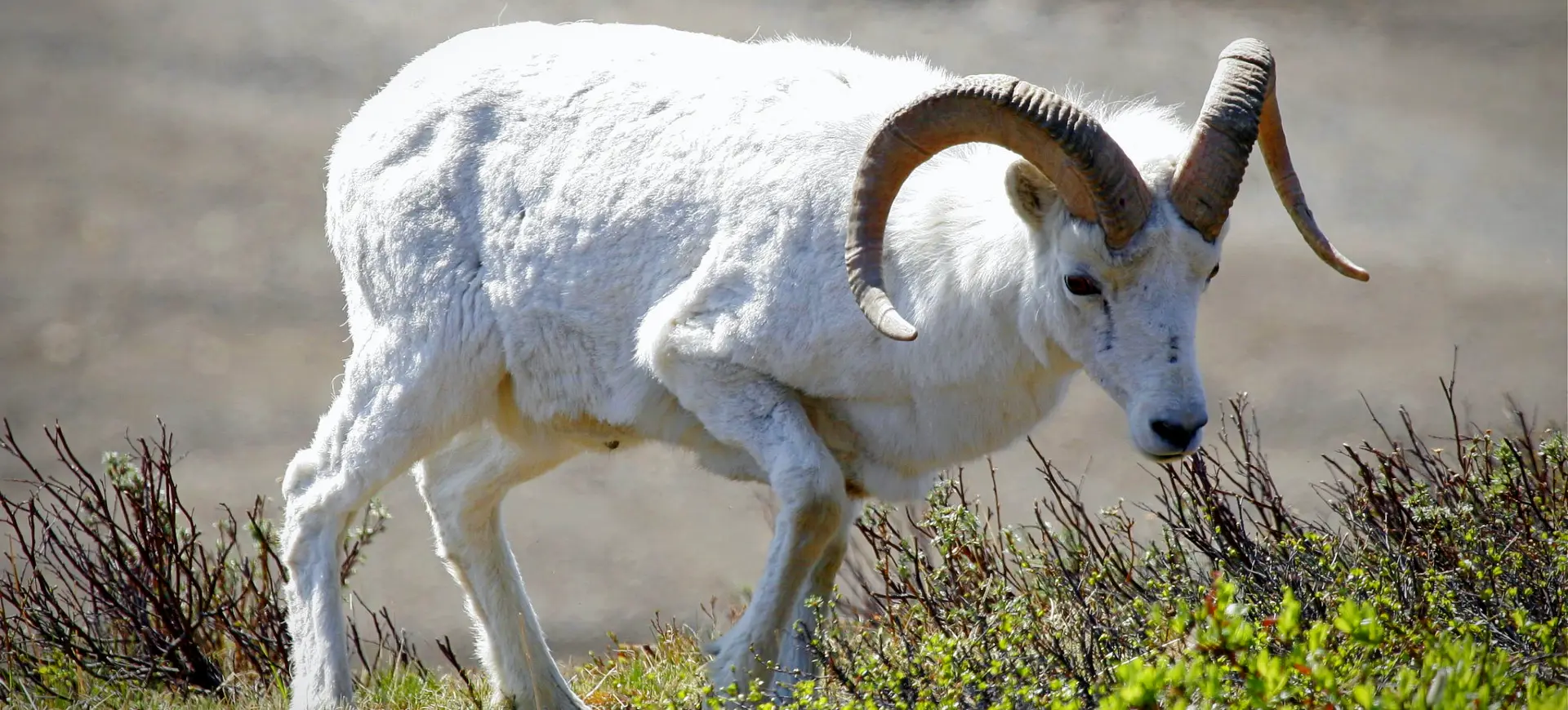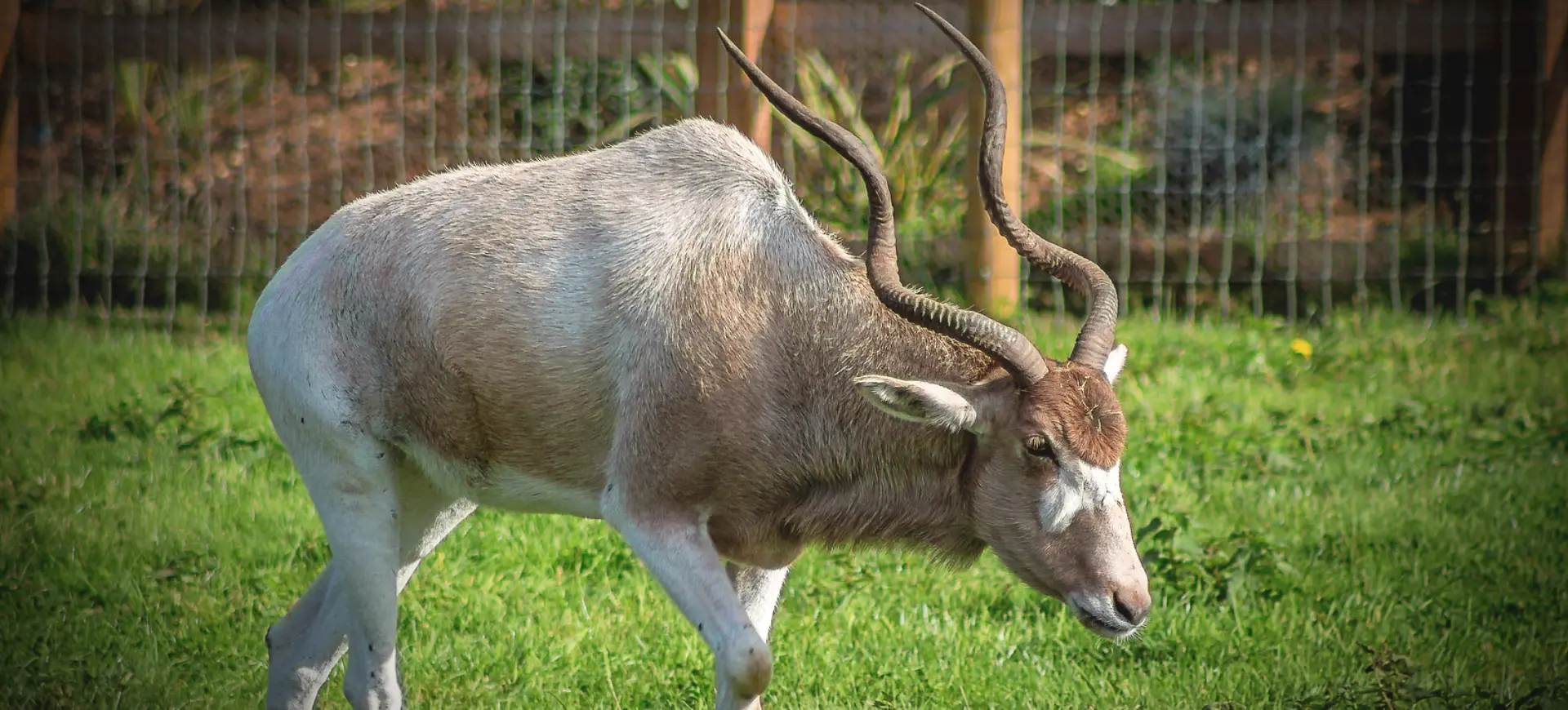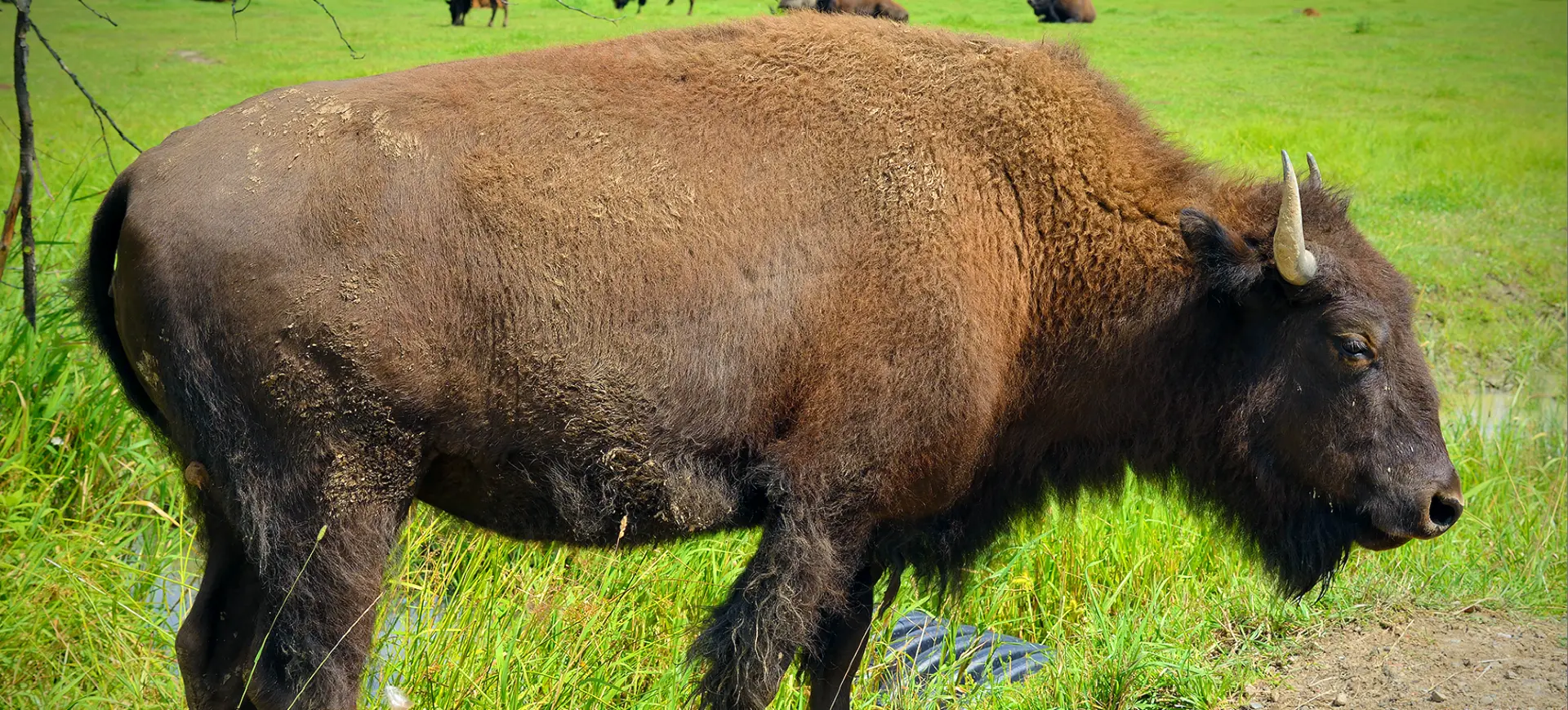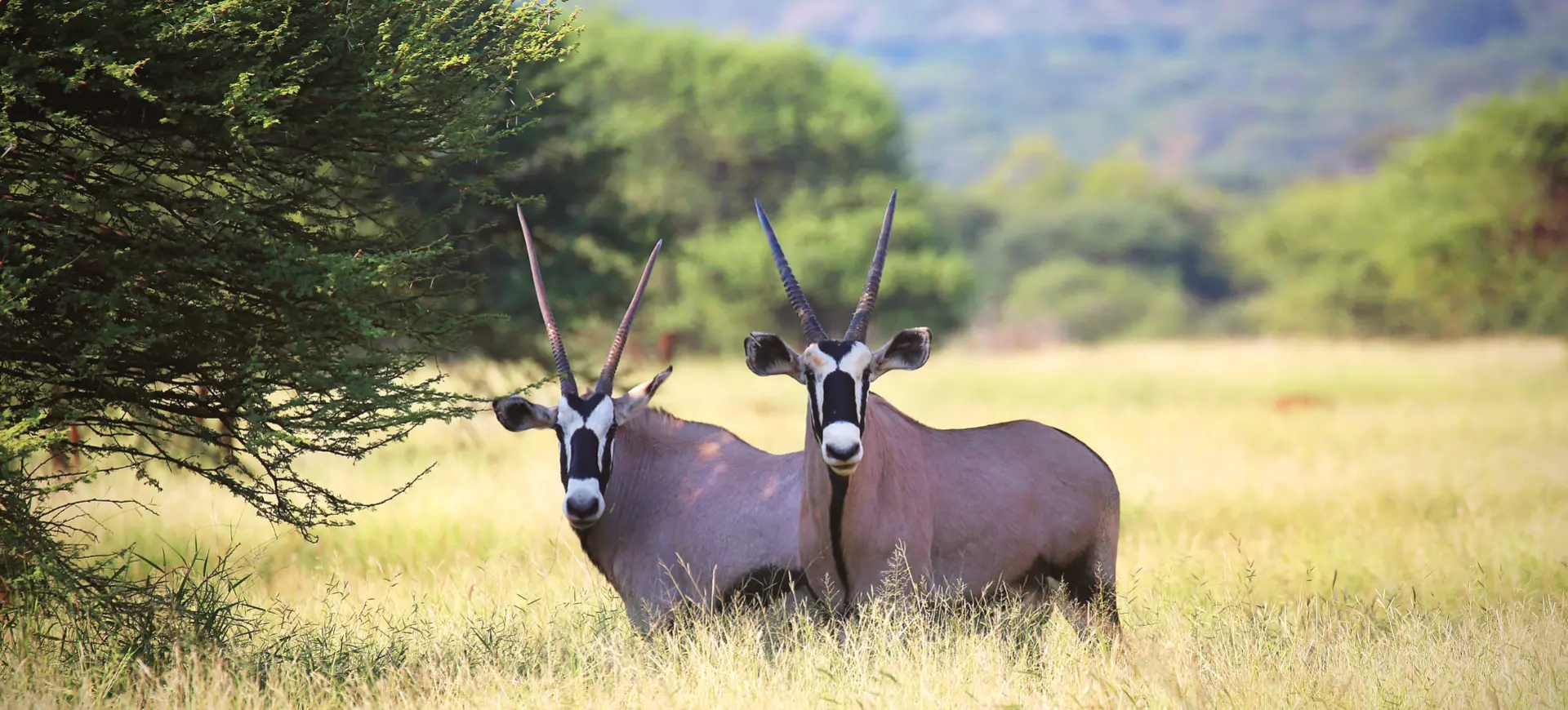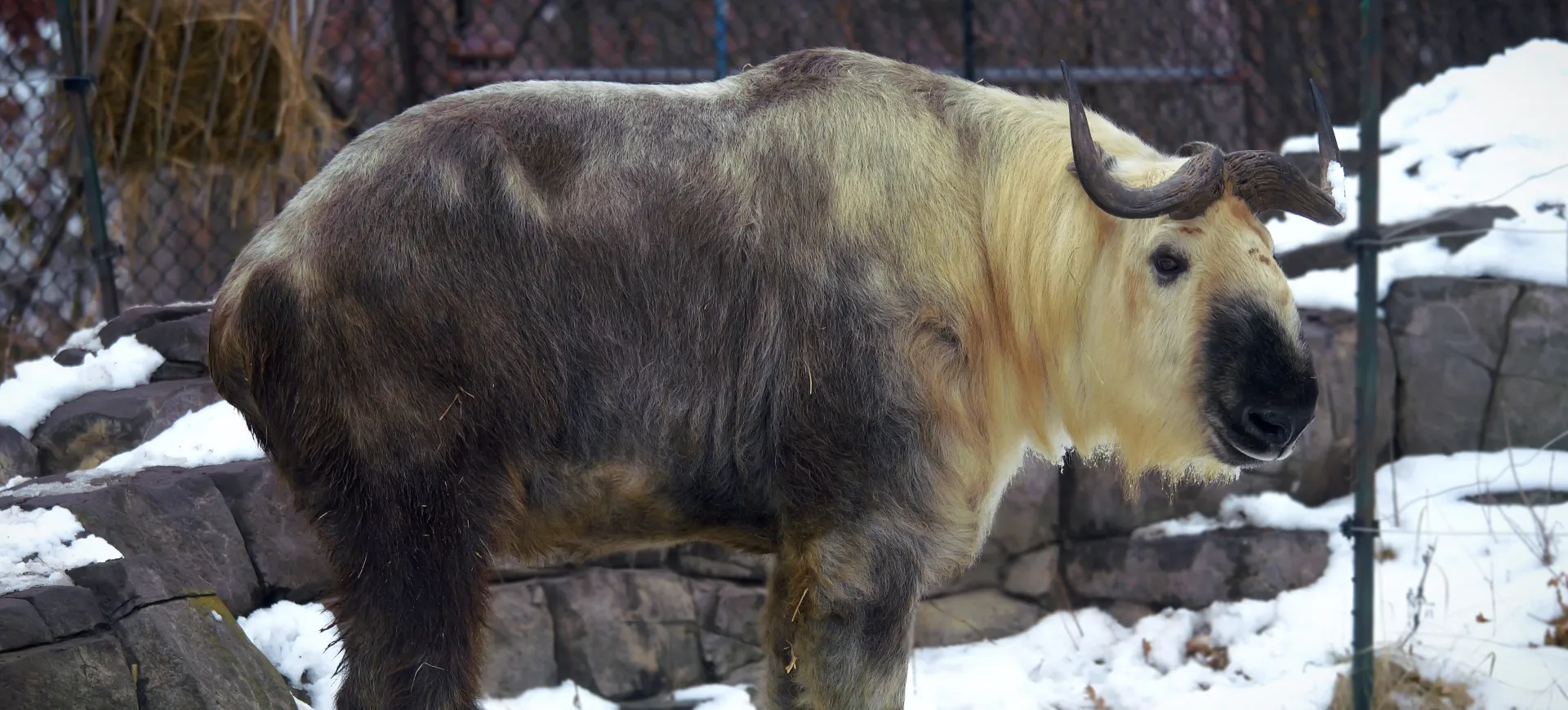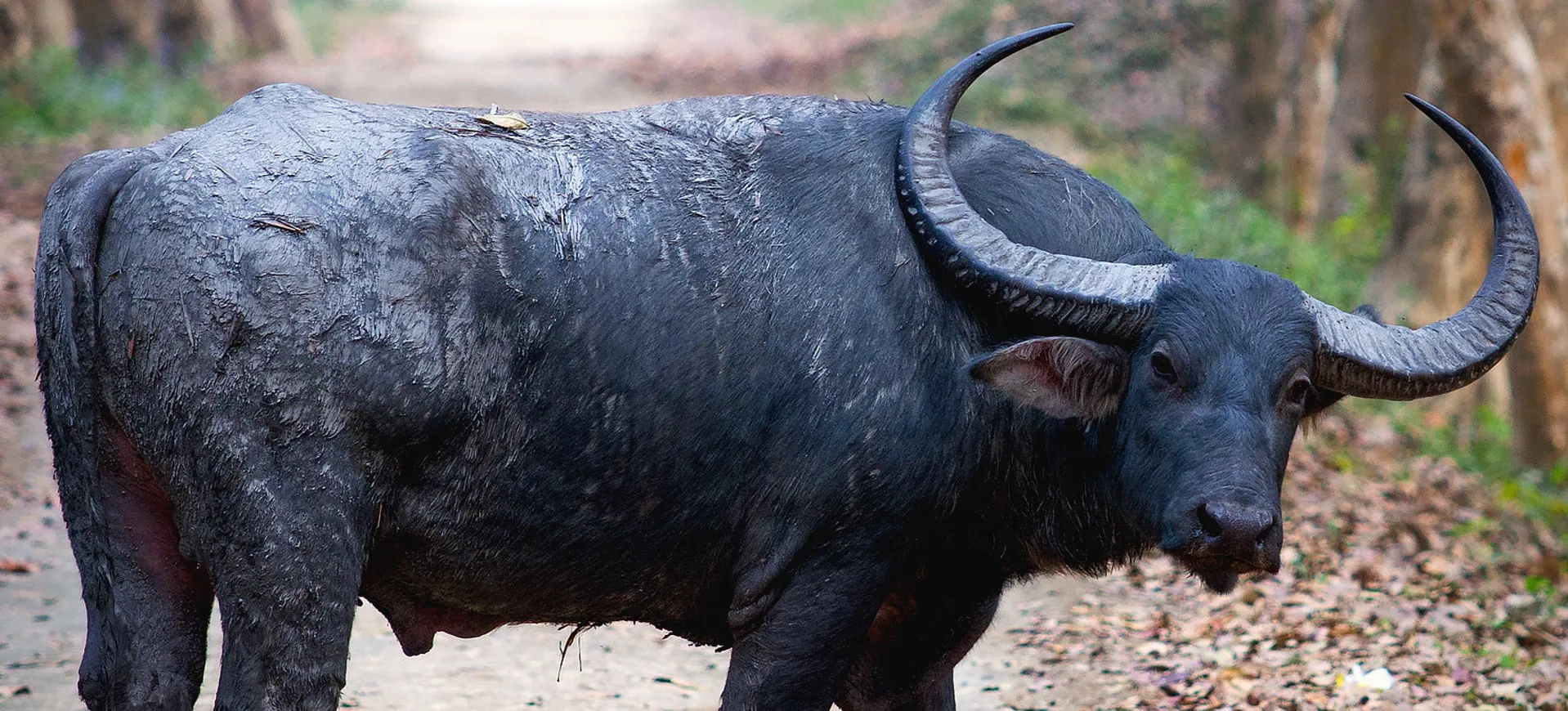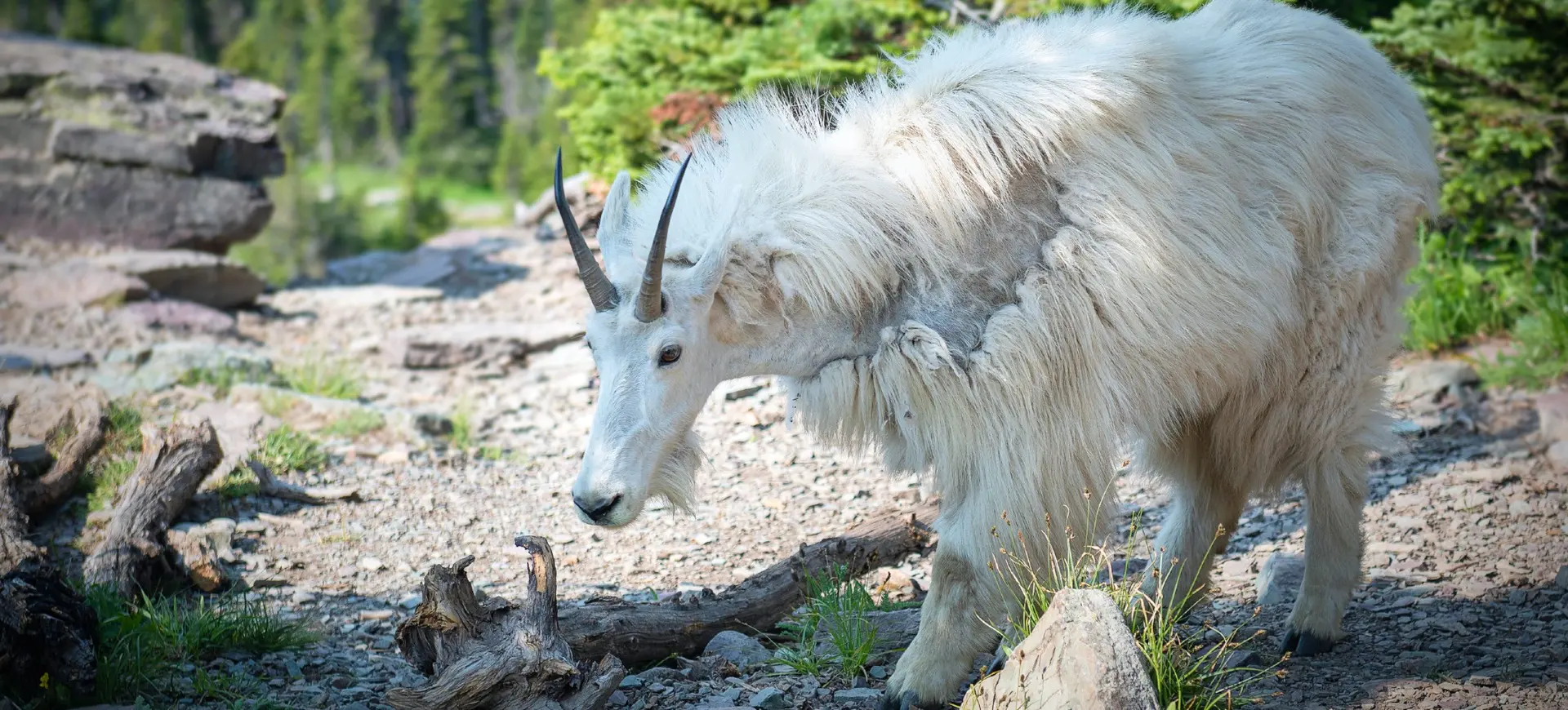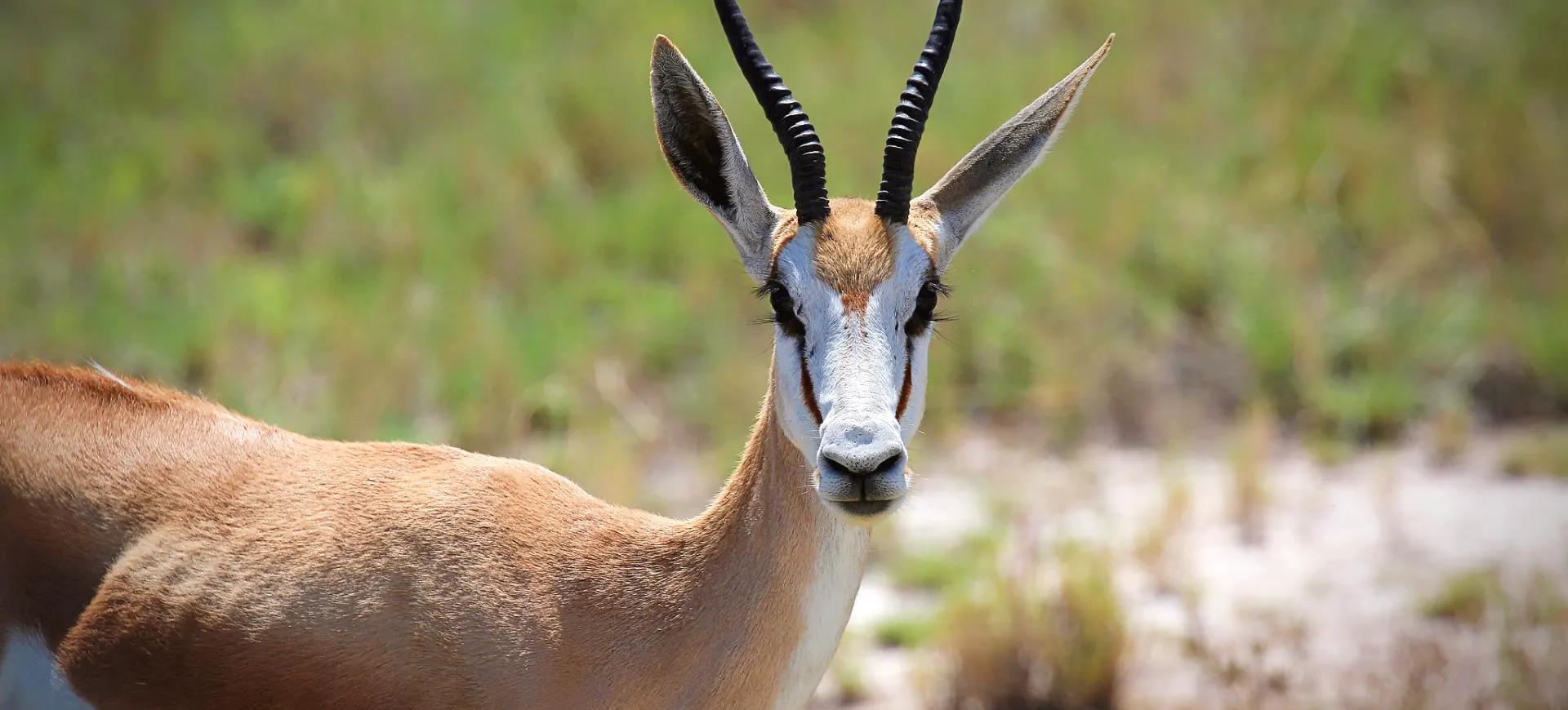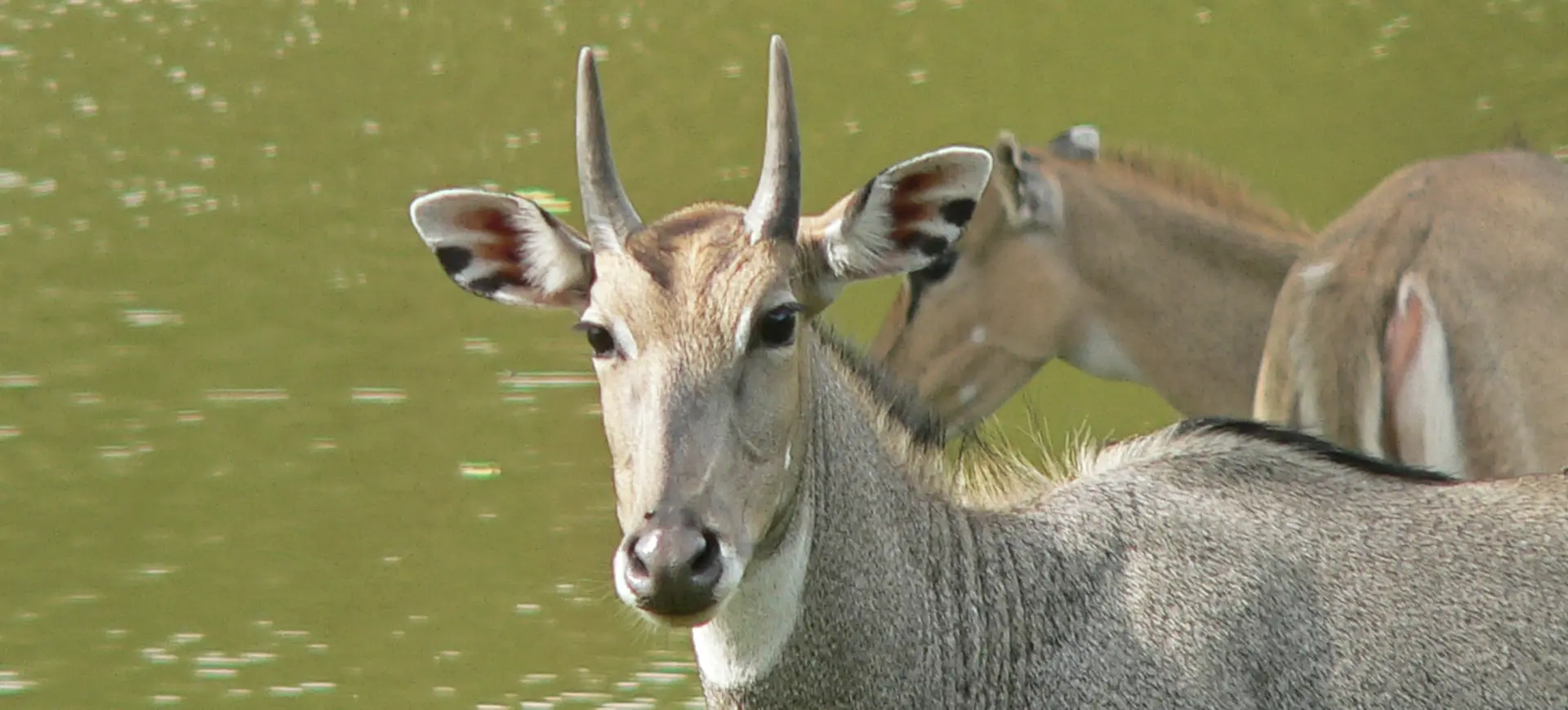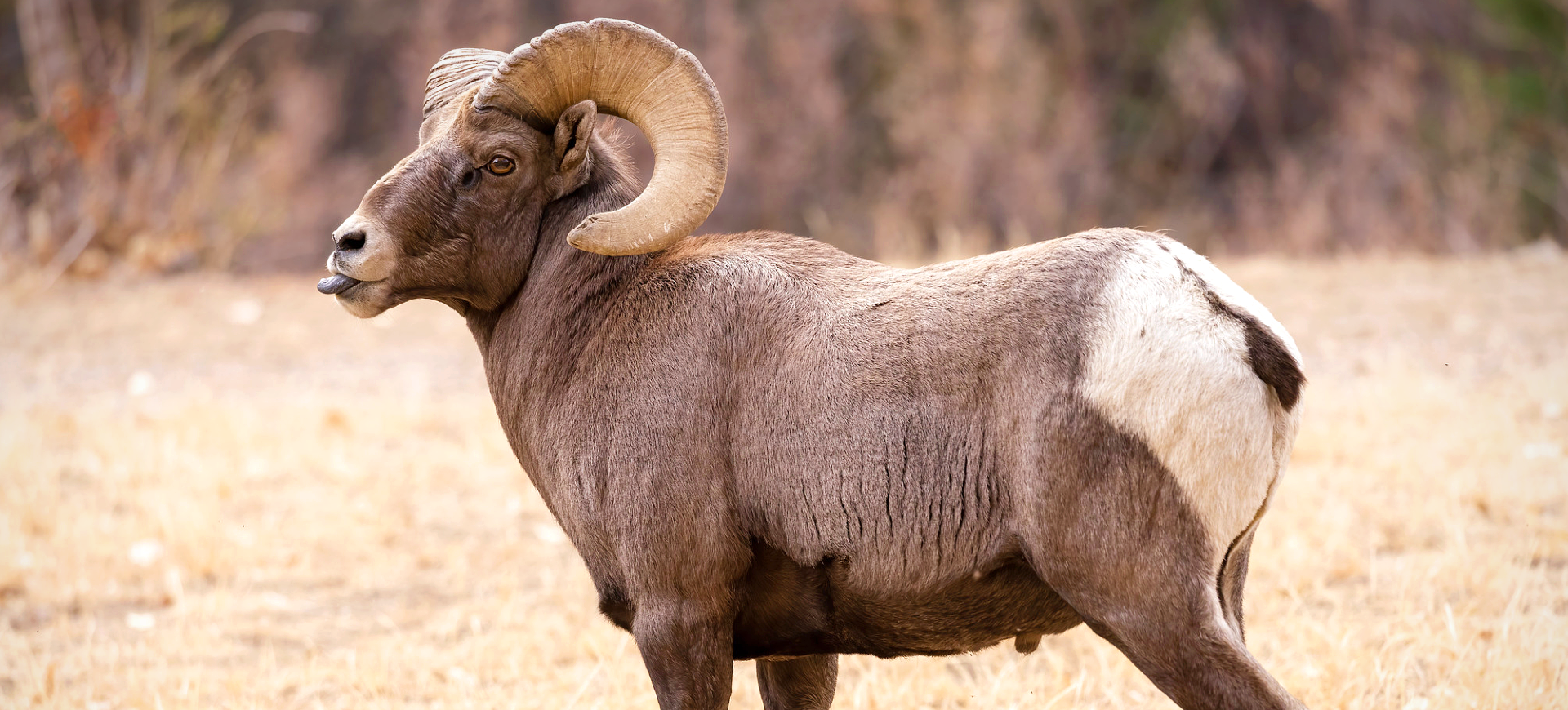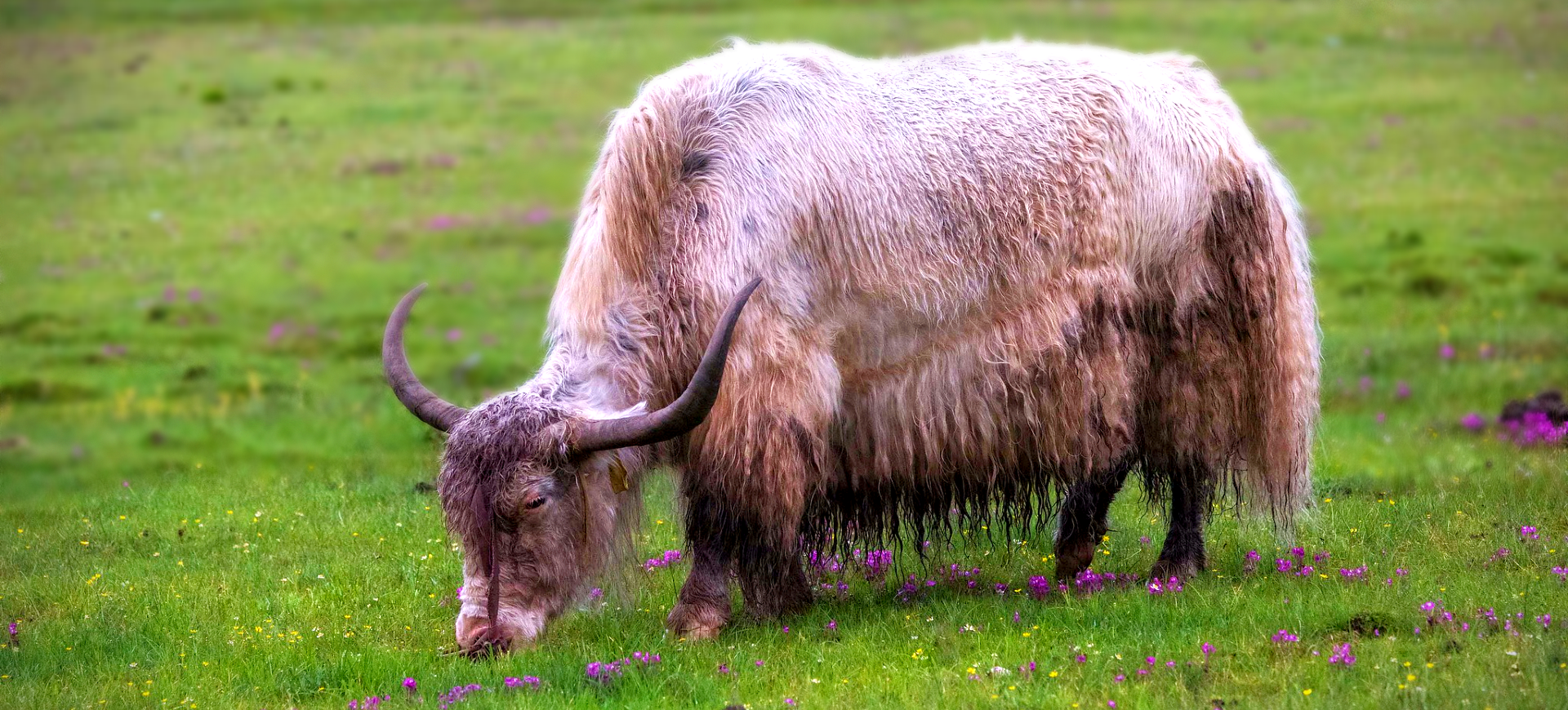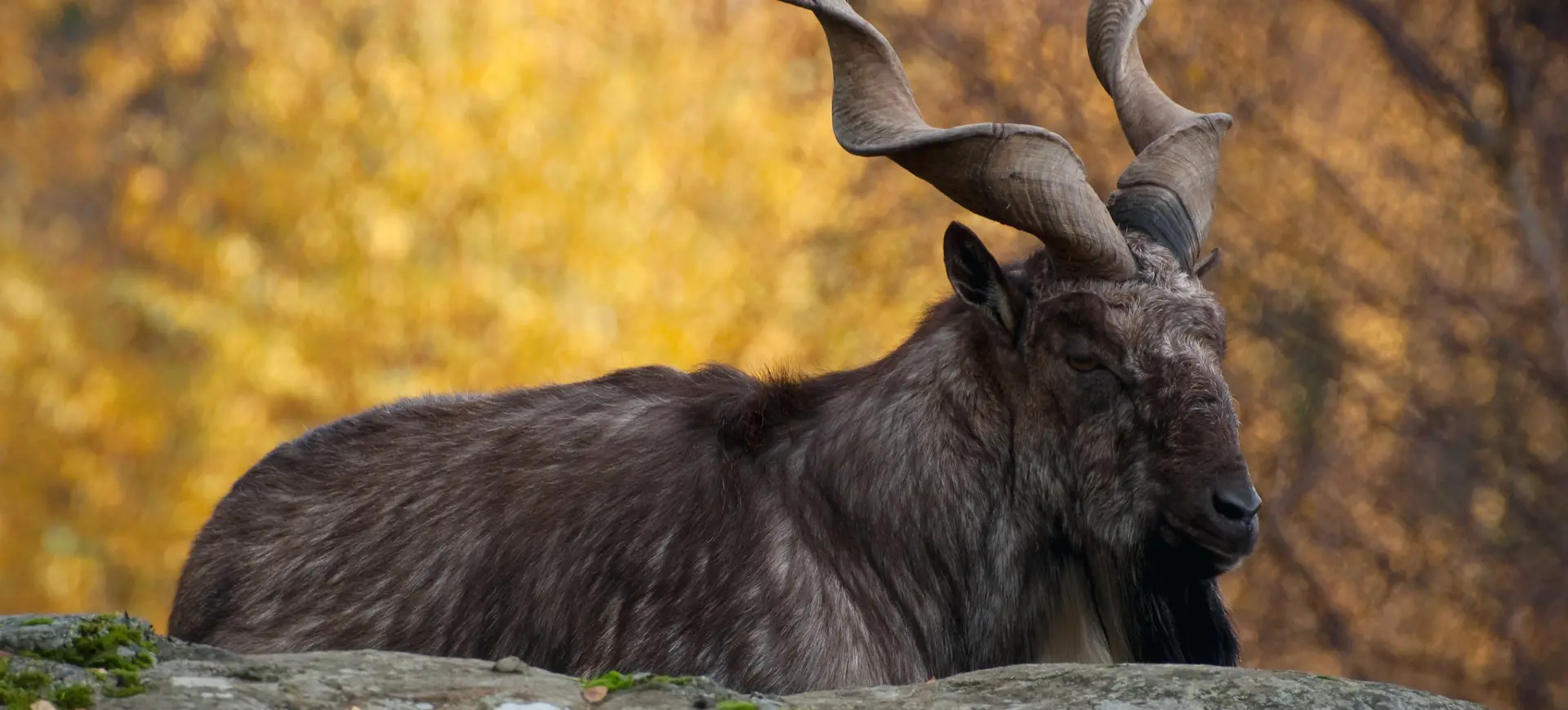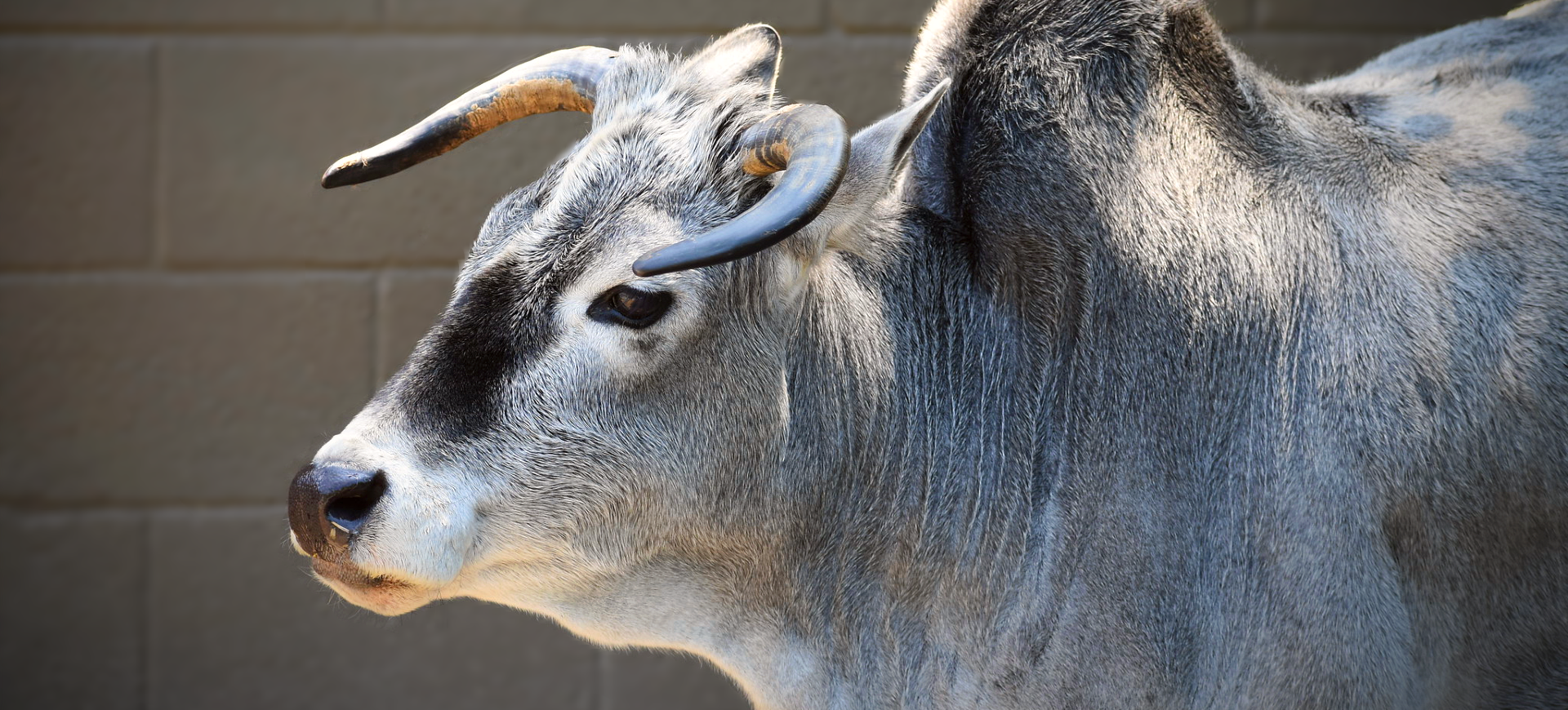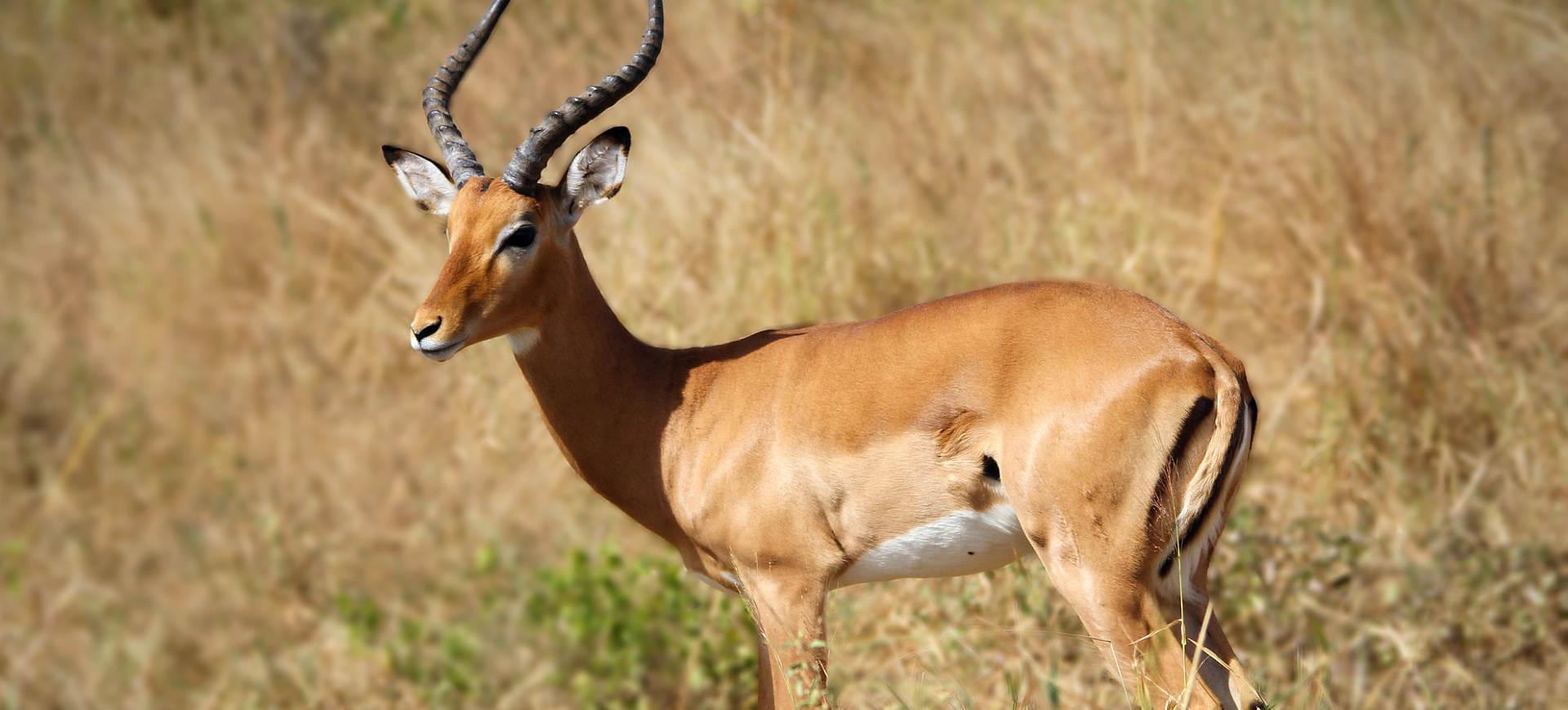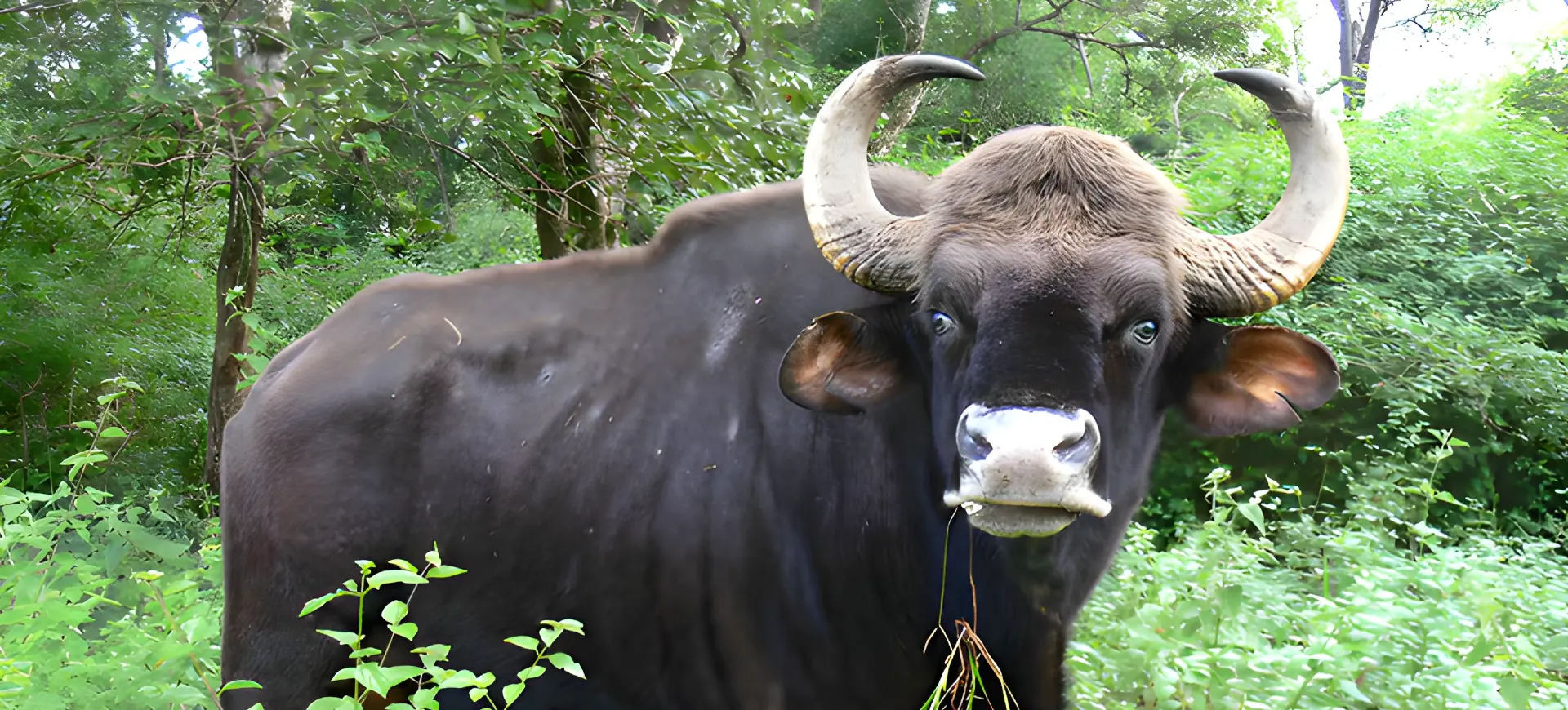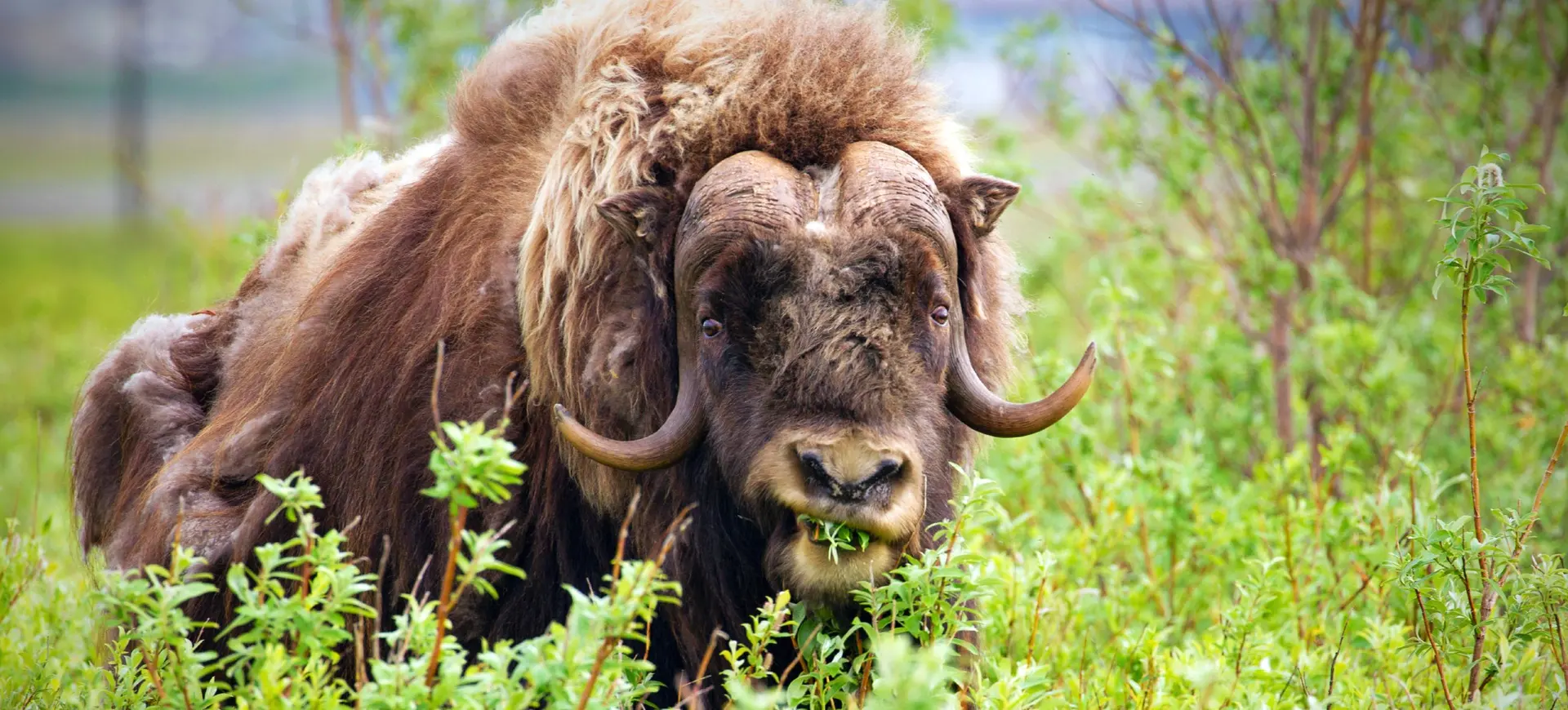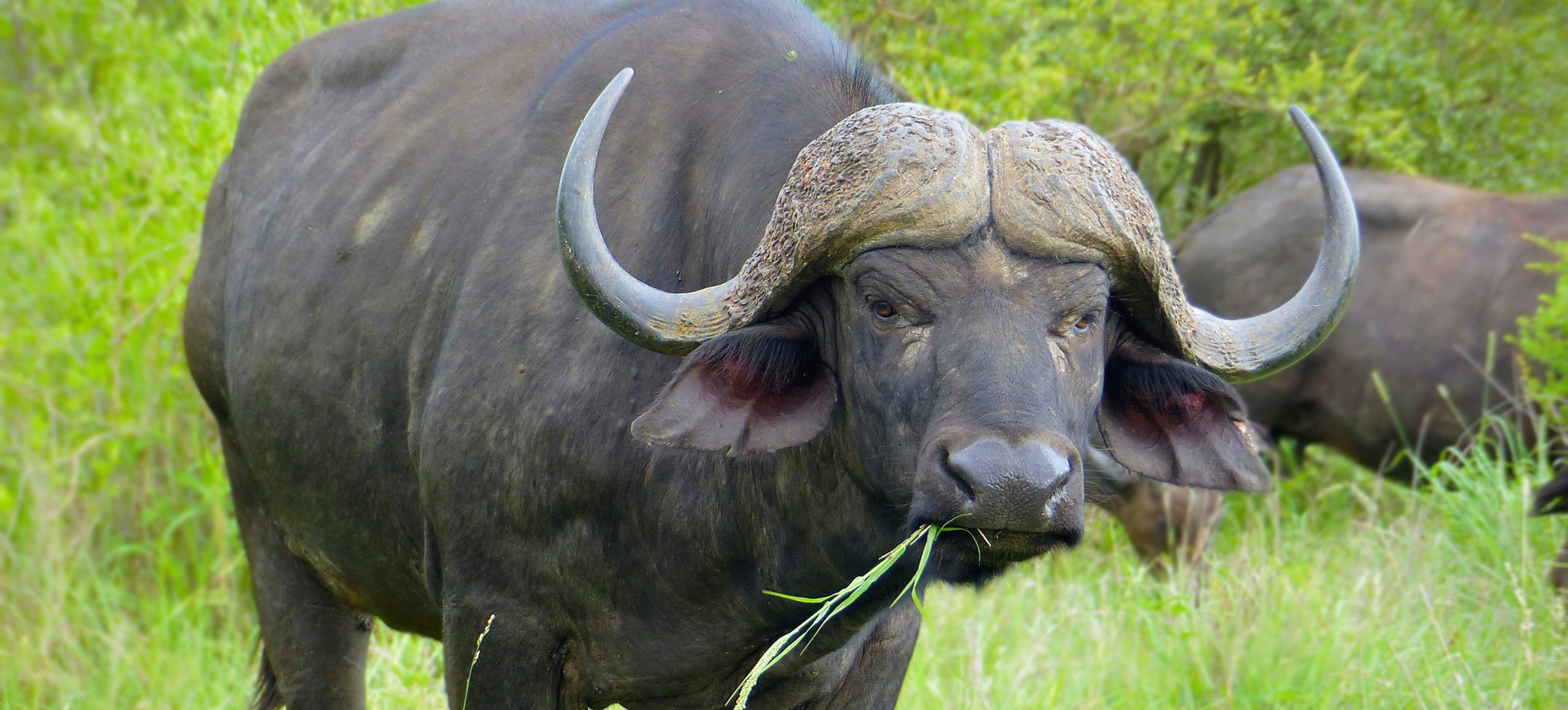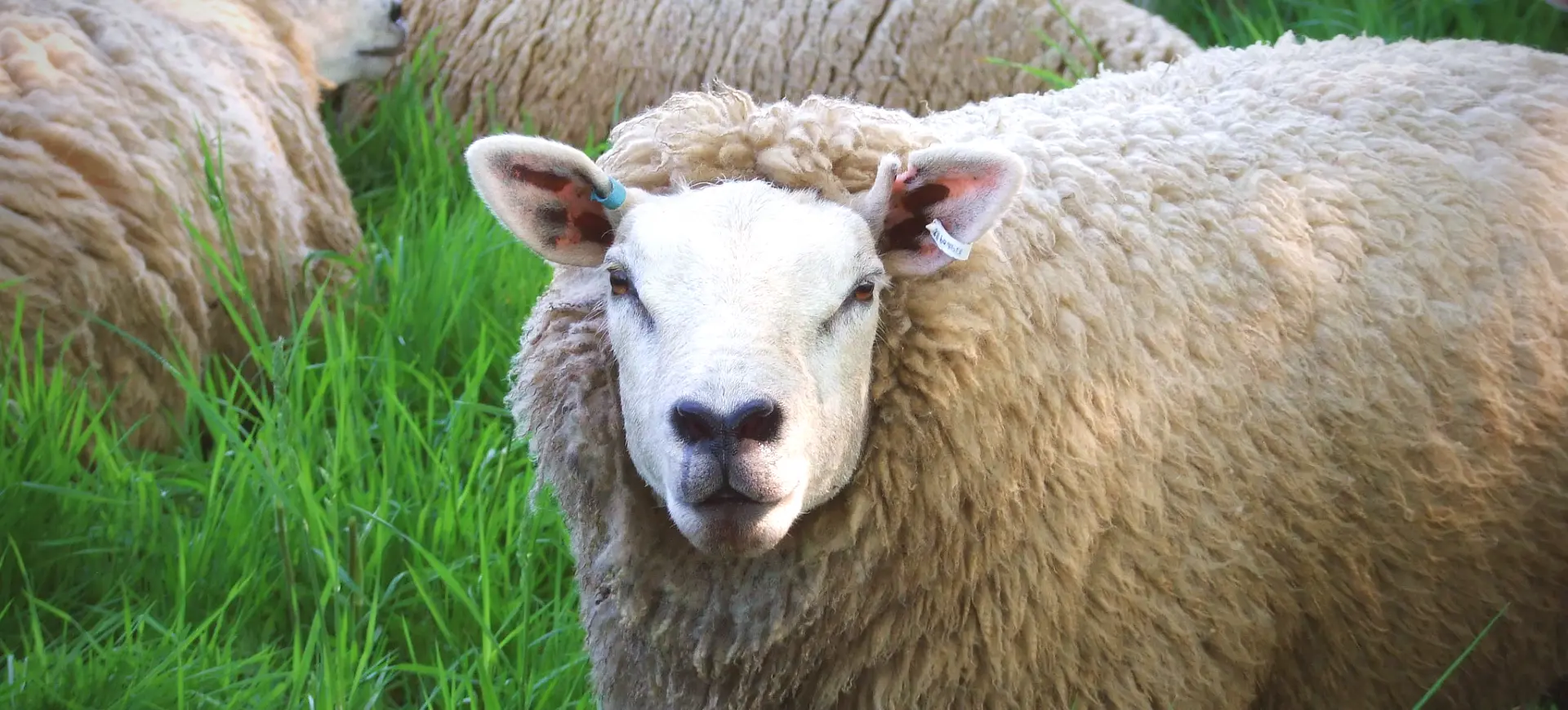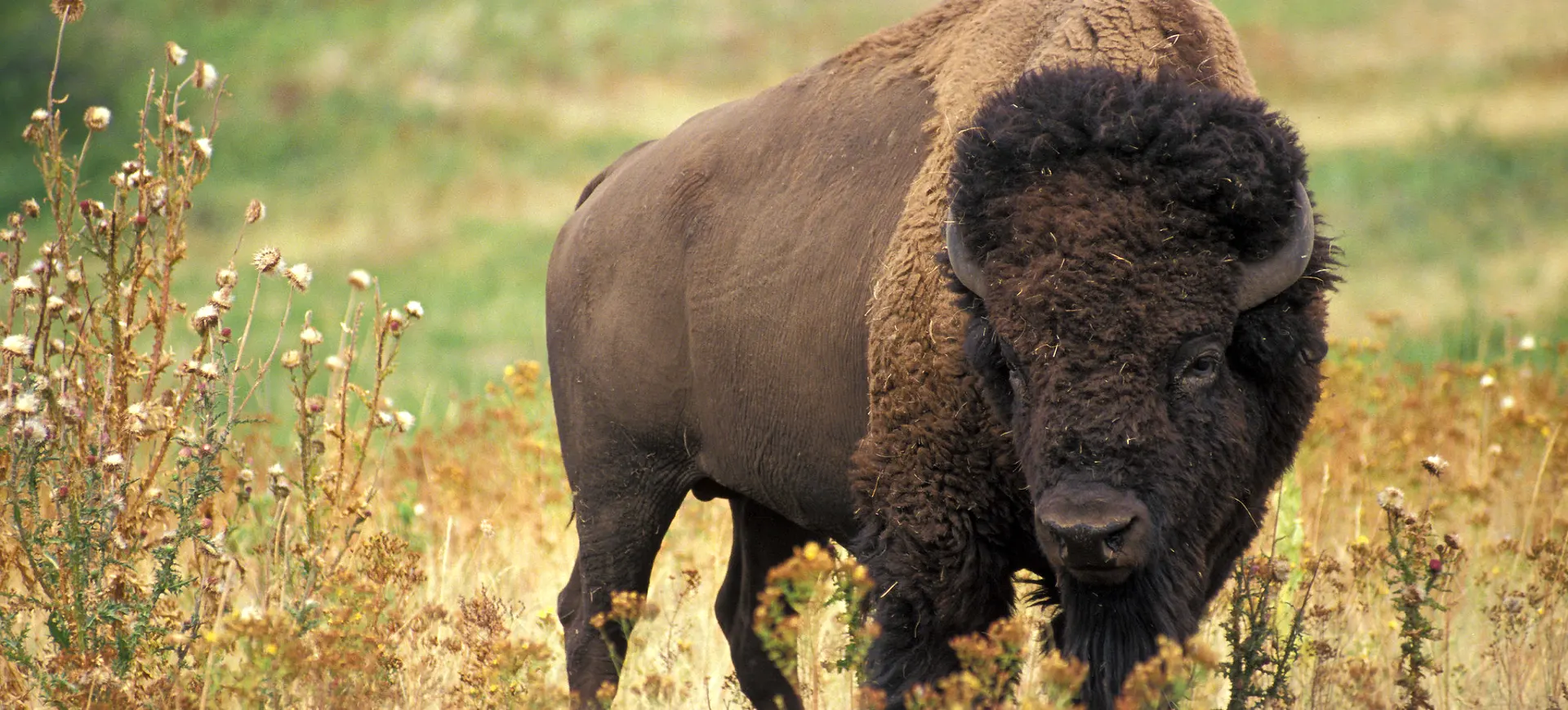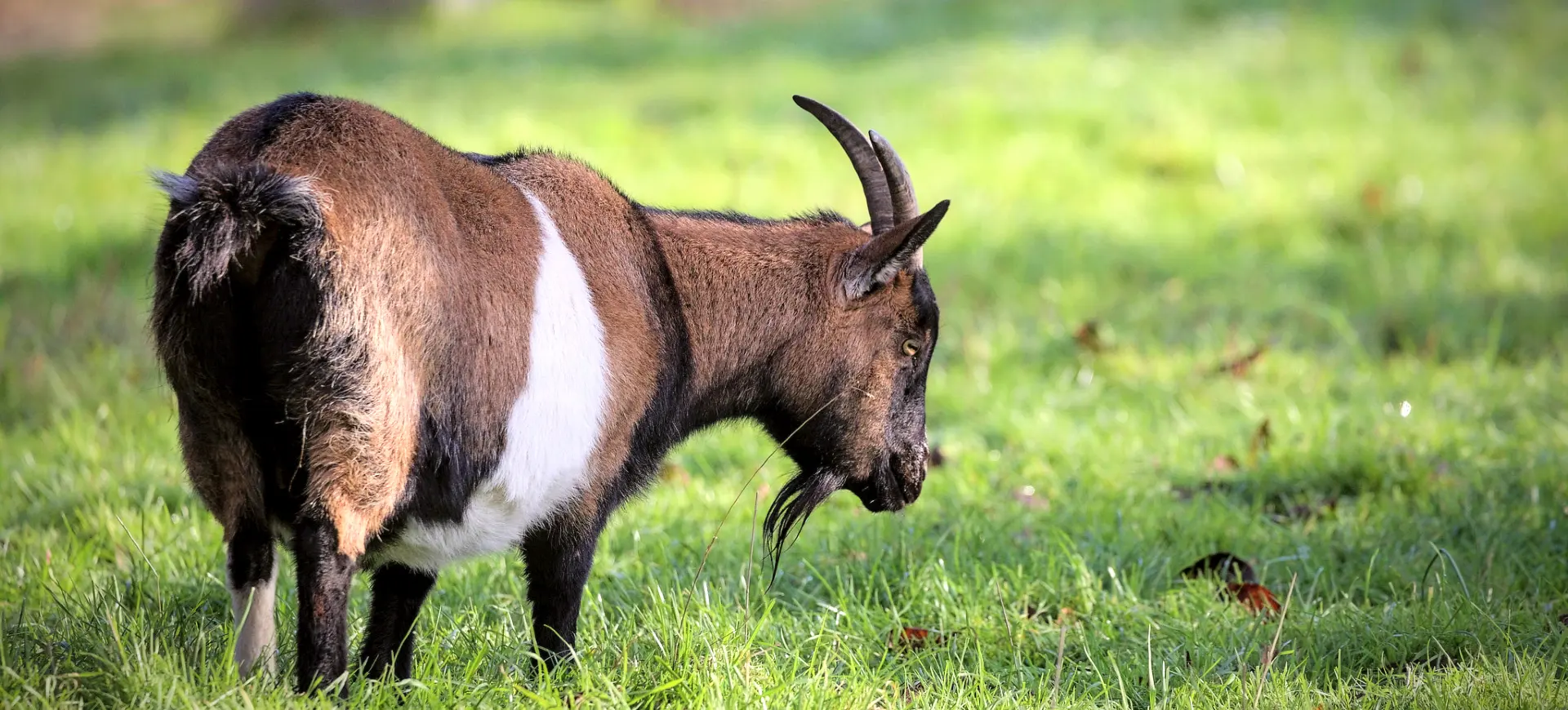Overview
The Greater Kudu (Tragelaphus strepsiceros) is a woodland antelope in eastern and southern Africa. It’s one of the tallest antelopes, with a shoulder height ranging from 100 to 150 cm. Despite their size, Greater Kudus are incredibly agile and can easily jump high fences. They have a narrow body with long legs, and their coats range from brown/bluish-grey to reddish-brown. They do not have a specific breeding season, and their life expectancy is approximately 7 to 8 years in the wild.
Adult male Greater Kudus tend to be much larger than the females and possess long, spiral horns that can grow as long as 72 inches, making them the longest antelope horns. The male horns are used for fighting and defense. Males also have a distinctive mane running along their throats, and large bulls can weigh up to 315 kg. Females are smaller and do not have horns; they can weigh up to 210 kg.
The Greater Kudu is a browser that feeds on leaves and shoots from various plants. This species is most active during the early morning and late afternoon. It is not usually seen in open or too-dry areas, as it prefers areas with a good supply of trees and bushes. This antelope can survive in various habitats, from woodlands to hills and mountains, as long as there is adequate cover.
Taxonomy
Kingdom
Phylum
Class
Order
Family
Genus
Species
Sub Species
Type
Physical Description:
Greater Kudu males and females vary significantly in their physical appearances. The males are notably larger, and their bodies are decorated with prominent horns that can spiral twice. These horns, which are only present in males, can reach an astounding length of up to 72 inches. Males also have a distinctive mane running down their throats. Their fur is grey to brownish-grey and marked by 6-10 vertical white stripes along their torso, which aids in camouflage.
Females, on the other hand, are hornless and are generally lighter in color than males. Their fur has a reddish-brown hue adorned with white vertical stripes to aid in camouflaging. They are smaller than males and do not have a mane. Both sexes have large ears that help them detect approaching predators.

Lifespan: Wild: ~8 Years || Captivity: ~23 Years

Weight: Male: 420–600 lbs (190–270 kg) || Female: 260–460 lbs (120–210 kg)

Length: Male: 6.9–8.5 ft (210–255 cm) || Female: 5.9–6.9 ft (180–210 cm)

Height: Male: 4.9–5.6 ft (150–170 cm) || Female: 3.9–4.5 ft (120–135 cm)

Top Speed: 60 mph (97 km/h)
Characteristic:
Native Habitat:
Greater Kudus is native to the woodlands and bushlands of eastern and southern Africa. They are well adapted to regions with dense tree or bush coverage due to their preference for browsing. Areas with a high density of acacia species are particularly favored.
Their ideal habitat extends from the Eastern Cape of South Africa to the miombo woodland zones of Zambia, Angola, and Malawi. The greater Kudu also inhabits the savannah woodlands of Botswana and Zimbabwe, the mopane woodlands in the northern regions of South Africa, and the hilly and mountainous areas of Namibia.
Biomes:
Biogeographical Realms:
Continents:
Diet:
Diet & Feeding Habits:
The Greater Kudu is a browser, feeding on the leaves and shoots of multiple plant types. They can adapt their diet depending on the season and availability of food sources, consuming wild fruits, flowers, and occasionally tubers, which they dig up from the ground.
During the wet season, a Greater Kudu’s diet is enriched with various fruits and flowers, while during the dry season, they focus on leaves, evergreen shoots, and dry grasses. They need to drink water regularly but can sustain themselves on dew if necessary, making them somewhat resistant to drought.
Mating Behavior:
Mating Description:
Greater Kudus are polygynous, meaning that one male mates with multiple females. Males will compete for access to females during the rutting season, which often involves intense fights using their long spiral horns.
The females are seasonal breeders, and their estrus cycle aligns with the end of the rainy season. After a gestation period of about eight months, a single calf is usually born, although twins are also possible. Calves are usually born between February and March, and the mother will keep the calf hidden for about four to five weeks before it joins the herd.
Reproduction Season:
Birth Type:
Pregnancy Duration:
Female Name:
Male Name:
Baby Name:
Social Structure Description:
Greater Kudus are social animals, with females and their offspring forming small groups of 6 to 10 individuals. These herds are not territorial, and their composition can change over time. Males, especially older ones, are more solitary and may form bachelor groups outside of the mating season.
Despite their social nature, they are not very vocal, and communication mostly involves visual and olfactory signals. Dominance among males is typically established by size and age, and conflicts are settled through displays and contests involving their horns.
Groups:
Conservation Status:
Population Trend:
Greater Kudu populations are relatively stable, but they have decreased due to habitat loss and hunting. In southern Africa, they are primarily found in protected areas, but substantial populations also exist on farmlands, thanks to their adaptability.
However, in eastern Africa, populations are more fragmented and face the threat of hunting and habitat degradation due to expanding human populations. Despite this, they remain widespread and are relatively abundant compared to other African antelope species.
Population Threats:
The Greater Kudu faces numerous threats that are contributing to their decreasing numbers. One major threat is habitat loss due to agricultural expansion, deforestation, and human encroachment. They are also heavily hunted for their meat and impressive horns, leading to overexploitation.
In addition, they are susceptible to diseases like rabies and foot-and-mouth disease, which can significantly impact their numbers. Droughts and climate change pose additional threats to their survival.
Conservation Efforts:
Conservation efforts for the Greater Kudu primarily involve habitat preservation and hunting regulation. Protected areas are crucial to their survival, as they provide a refuge from hunting and habitat loss. Game ranching has also been successful in South Africa and Namibia, providing a sustainable use for the land while preserving the species.
The species is included in CITES Appendix II, limiting the international trade of its parts. Education and local community involvement are also vital for conservation efforts, as they help foster a sense of stewardship and reduce poaching.
Additional Resources:
Fun Facts
- Greater Kudus have the longest horns of any antelope, which can spiral up to 2.5 times and reach 72 inches long.
- The large ears of a Kudu enhance their hearing, and they can rotate to better detect sounds.
- Kudus are excellent jumpers and can clear a 2.5 m fence from a standing start.
- Their coat color varies, depending on their habitat, from brown/bluish-grey to reddish-brown.
- Kudu calves have a unique survival strategy – they hide in vegetation for weeks after birth, and their mothers return only to feed them.
- They have a gestation period of around 8 months, and the female usually gives birth to just one calf.
- Greater Kudus get most of their moisture from the plants they eat, so they can go several days without drinking water.
- Greater Kudus are not very vocal and use body language to communicate.
- Their scientific name, Tragelaphus strepsiceros, means ‘twisting-horned billy goat’.
- Although Kudus are large, they are exceptional hiders and can blend in with their surroundings to escape predators.




